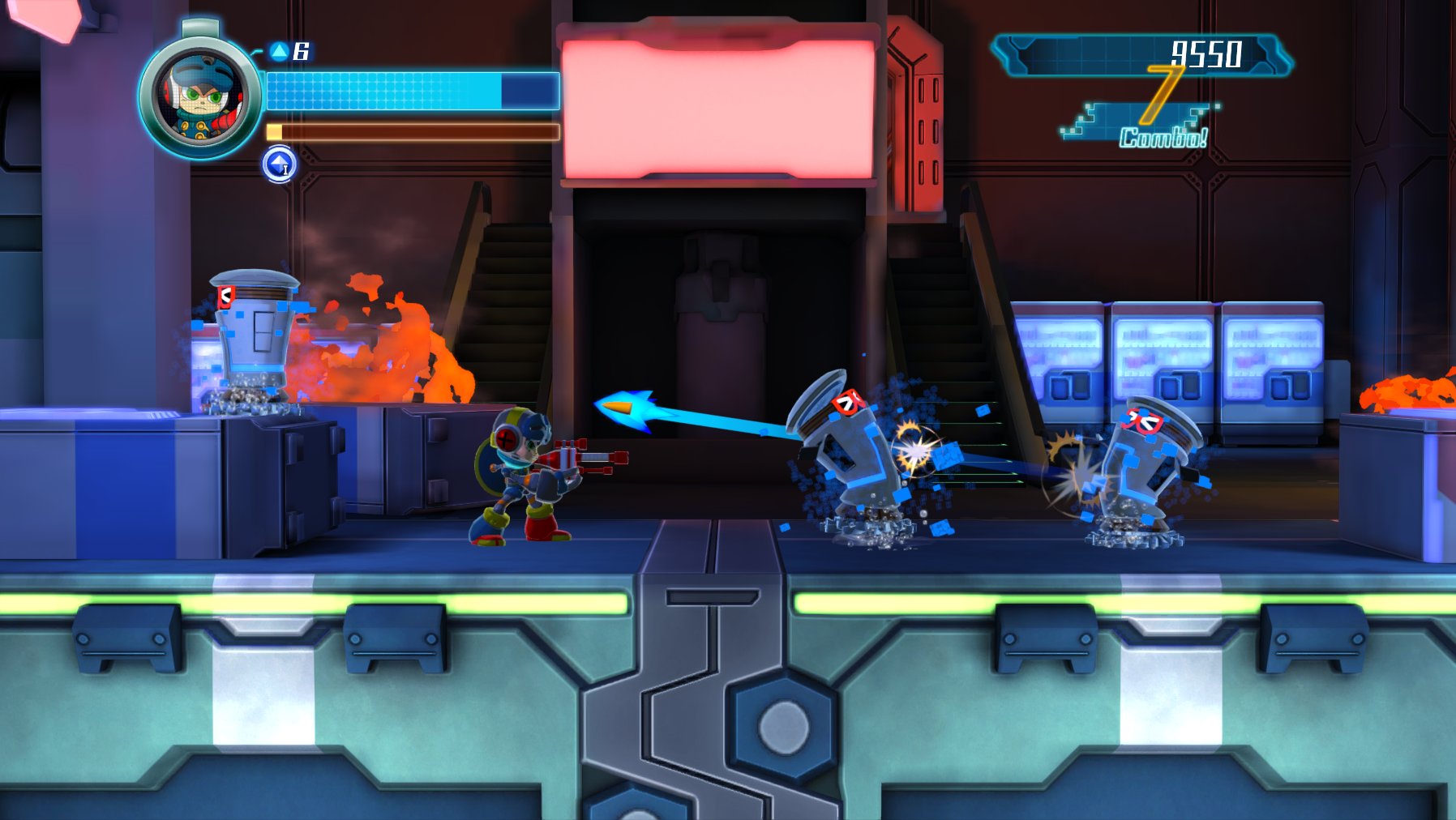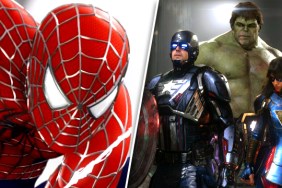Mighty Bummer 9.
As I sit down to write this, I can see the reflection of my Megas t-shirt in the monitor. The Megas, to clarify, are a Mega Man-themed rock band. On my desk are not one, but two statues of Mega Man purchased directly from Capcom at comic book convention prices. I have owned several copies of Mega Man X in my lifetime. I’m not trying to say that I am a diehard fan of the blue bomber; I do, however, understand the fascination.
It's the sort of fascination that drove $3.8 million dollars out of wallets and into the pockets of developer Comcept and Mega Man co-creator Keiji Inafune, so that they could make Mighty No. 9, the blue bomber’s next iteration in all but name. What began as a promise to bring back the classic gameplay and structure of the Mega Man franchise quickly became an IOU written on the back of a not Mega Man-themed napkin. Mighty No. 9 suffered numerous delays, monetary mismanagements and attempts to turn protagonist Beck and company into a multimedia franchise before the game was even playable.
This week, however, the IOU napkins are finally ready to be cashed as Mighty No. 9 hits store shelves. Was it worth all of the hype? Well, all I can say is that this IOU is worth about as much as the napkin on which it is written. For the most part, Mighty No. 9 is trash.
Players control Beck, the android equivalent of a pushover who doesn’t condone violence but commits a ton of it because he is told by his human creators to do so. Players will have to track down eight of Beck’s robotic friends gone rogue and “cure” them by blasting them to shrapnel. Defeating said robotic friends grants Beck their abilities to use in combat. Sound familiar? That’s the point.
What Mighty No. 9 does to try and set itself apart is the use of the dash function (“try” is a bit of a strong word in this case). Instead of outright obliterating enemies, the object of the game is to weaken them enough so that they begin to glow. Once that happens, dashing through the enemy will absorb them, granting Beck a boost in either attack, speed, or recovery. Players can chain together these dashes to build up a combo and increase their score. At least, in theory.
Often, the game’s design stands in its own way, promising the potential for chaining large combos together until a poorly designed level or limited moveset prohibits it from fulfilling that promise. The dash function, however, does add an interesting new wrinkle to boss fights, as failing to dash through a boss at the right time allows you to regain any damage taken. Congratulations, Mighty No. 9, you have one good idea.
The problems with Mighty No. 9 begin with the promises it made in the first place. By adhering so closely to the original Mega Man formula, the game fails to take lessons from any video game made in the last thirty years. Basic movement is clunky with Beck’s running animation feeling disjointed from the distance he actually travels. Trying to cycle through abilities in-game is a nightmare; in an age of weapon wheels, having to use two different buttons to select an ability is as backwards as it is cumbersome.
In addition, there are no upgrades to find in Mighty No. 9. The health you have in the beginning will be the health you have at the end. Some of the enemies you absorb will grant you a stored amount of life that can be used in a pinch, but all is lost once you die. Oh, and you will die. A lot. Mighty No. 9 is out for blood, with inexplicable difficulty spikes throughout its twelve levels. Bosses have insta-kill attacks that border on sadistic. Enemies placed near spike pits or traps seem less like a challenge and more like a middle finger to the player.
Death is not the result of players not knowing what to do so much as it is players not being able to do it, as the controls dance between being unresponsive and being imprecise. I’m not against a hard game; the original Mega Man games were hard. But those games earned it, whereas Mighty No. 9 thinks that it earns it.
With the number of lives cranked up to nine (ha ha, game, I get it), I eventually made my way through all eight bosses. Levels are short, lengthened only by their previously mentioned difficulty spikes. Some levels are far better than other in terms of design. One level is a 2D side-scrolling game of cat and mouse with a rogue robotic sniper named Countershade, with Beck dodging his long distance shots while navigating the halls of a government building. Another level involves climbing up a giant radio tower while trying fighting through increasingly gusty winds. Other levels, like the one that involves jumping from car to car down a futuristic highway, sound great on paper but are boring in execution (while still being curse-the-gods frustrating).
Defeated bosses make an appearance in levels where you possess that boss’s weakness, thereby clearing a difficult area or changing the layout in some way as to make it easier. I watched as now-on-my-side Brandish cleared a room full of pesky enemies with his lightning-fast dual blades. This was one of the few times I smiled during my time with Mighty No. 9, as opposed to a mouth wide open and ready to unfurl a slurry of imaginative curse words. While it’s not enough to save the game from its otherwise bland level design, it reminded me of Mega Man X, where whole levels would change depending on the order in which you completed them. For as much borrowing as Mighty No. 9 does, it learns little from its copied notes.
The story is thankfully skippable, because the cutscenes are about as exciting to watch as an elementary school play recorded on a first-generation iPhone. Static character movement and boring backgrounds really speak volumes about where all of that Kickstarter money went, because it certainly did not go into the sound recording, or the writing, or the graphics (I’ll get into that in a second). Turning your speakers up won’t make Mighty No. 9 sound any better; if anything, it just highlights how little they cared about it in the first place.
Dialogue sounds like it was recorded with a laptop microphone. Sound effects are weak and uninspired, as is the background music. Players will be better off making their own sound effects using household objects and listening to old Mega Man soundtracks. If this seems like a petty issue to bring up, remember that people forked over a collective four million dollars to make this game. It would have been nice to see some effort in the game's production, especially as the original Mega Man’s sound effects remain so iconic.
If crowdfunding didn’t pay for the sound design, it certainly didn’t pay for the graphics, because Mighty No. 9 is one of the ugliest games I’ve ever seen. This game is so ugly, it makes Duke Nukem Forever look like Call of Duty! Textures are flat and boring, showing little of the color and style that can be seen in the game’s concept art. Large parts of the game look unfinished, as if they were built with placeholder materials but were never filled in because the developers took a four-million-dollar lunch break (last crowdfunding joke, I swear).
Look, I know about as much about the cost of game development as a sheep farmer knows about Wall Street, but I have to believe four-million dollars looks better than this hot mess. This game looks like a poorly remastered Playstation 2 game, and I hate to say that because it is insulting to better-looking Playstation 2 games. Remember how the game’s first test footage looked? After three years, it still looks like that, and that is just sad. To their credit, the boss designs are actually good, if also heavily borrowed. But none of that comes across in the game itself. Players would be better off looking at the box art for twenty minutes, then taking a nap, in the hopes that their dreams won’t be crushed like the 67,000 people who paid for this nightmare (okay, I lied, that is the last crowdfunding joke).
All of this makes for a very frustrating experience. Without the story hook, I felt no compelling reason to continue this masochistic charade of a game. Every good idea is undone by numerous terrible ones. Prompts on the level select screen make it obvious which boss to fight next, yet basic moves like making Beck jump back and shoot are hidden in menus. Boss fights can be controller-throwing to get to, yet completed in just under a minute by spamming the attack they are weak against. Checkpoints are somehow both generous and intentionally malicious. It’s hard to tell whether the game as a whole is unfinished or Comcept is hard-trolling Mega Man fans. In either case, the joke’s on the player, and this one isn’t laughing.
Mighty No. 9 is a lot like your Uncle Steve. You know, the one that still lives in his hometown where he played varsity football in high school. Uncle Steve never fails to remind you of this, just as he never fails to remind the waitress bringing him his coffee. She is too young to know who he is, but he’s quick to point out the picture hanging near the entrance. The best quarterback this town has ever seen, he tells her. She smiles and laughs, too sweet to tell him that thirty years was a long time ago. Mighty No. 9 tries to hold onto its legacy, resting on its laurels while the rest of gaming world has left town a long time ago. We paid for the coffee out of pity now, instead of hope. Because Uncle Steve was always going to let us down from the start.
-
Some good level ideas
-
You can skip cutscenes
-
It's finally out?
-
The only time I praise a game for being short
-
All of that money with little to show for it
-
U-G-L-Y. You ain't got no alibi, you ugly. Yeah, you ugly.,
-
Horrible voice acting (for the most part)
-
Bland level design
-
Difficulty spikes that will make you say mean things about your mother
-
Learns nothing from games released in the last thirty years
mighty-no-9
-
mighty-no-9 #1
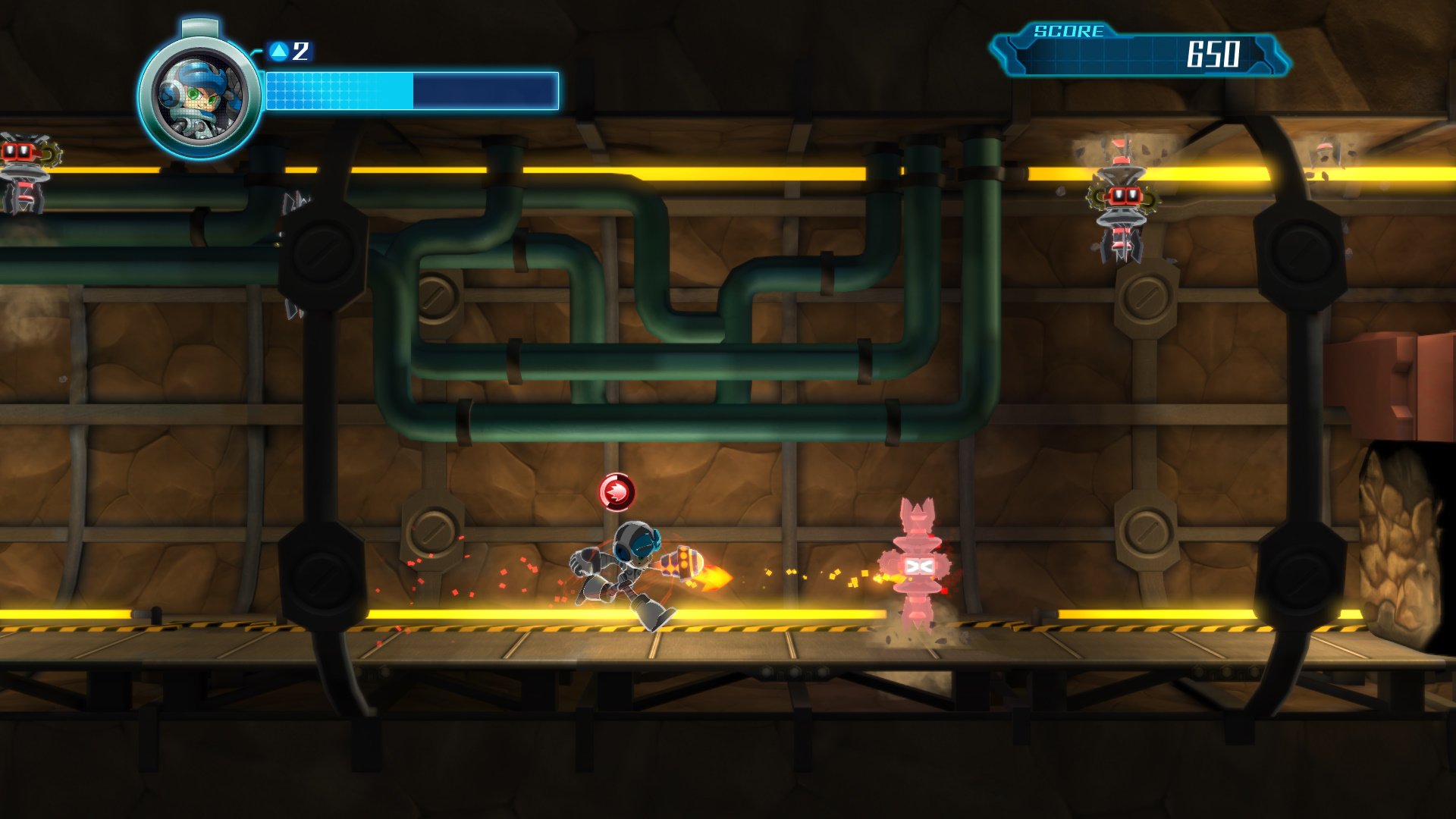
-
mighty-no-9 #2
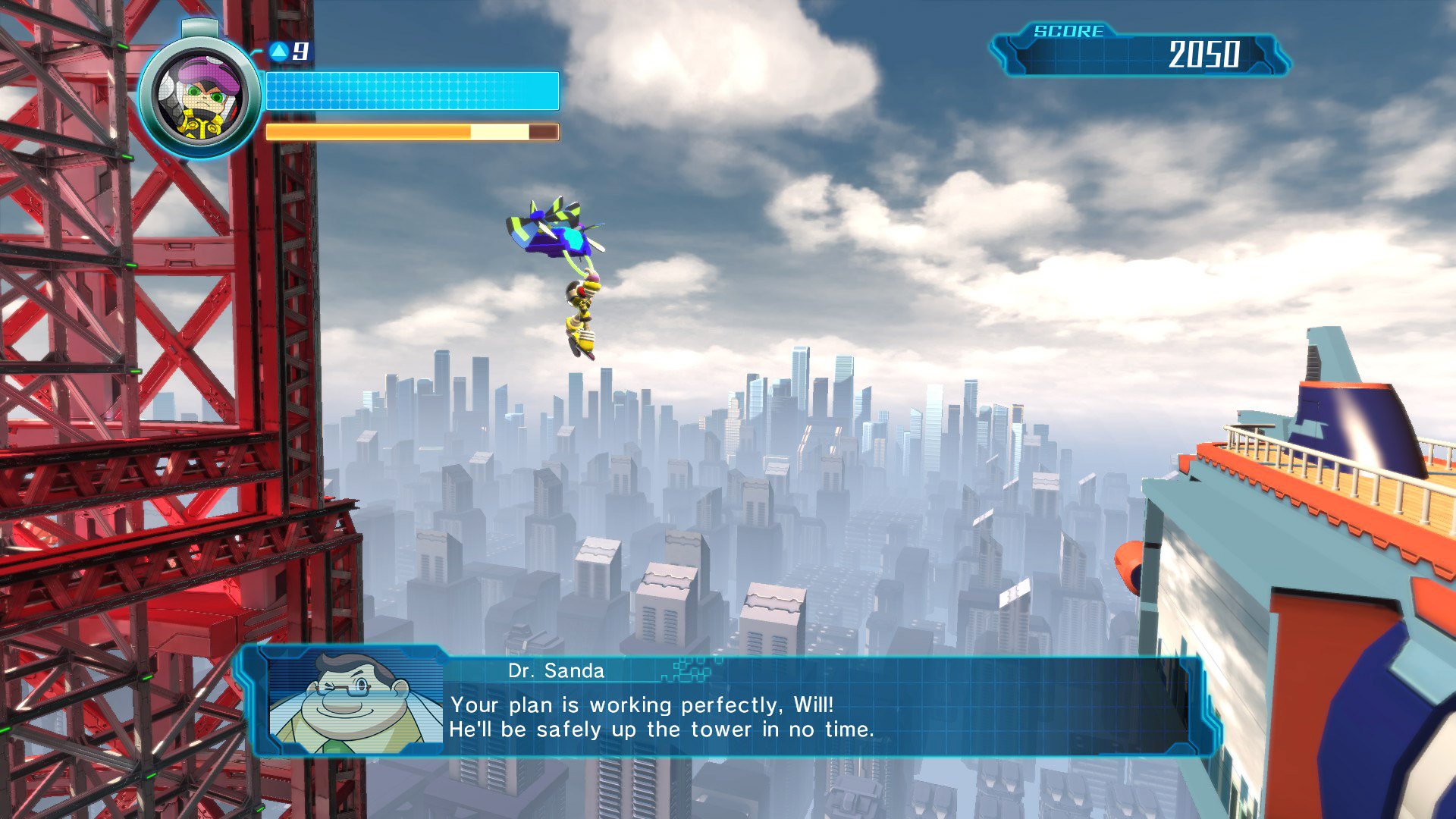
-
mighty-no-9 #3
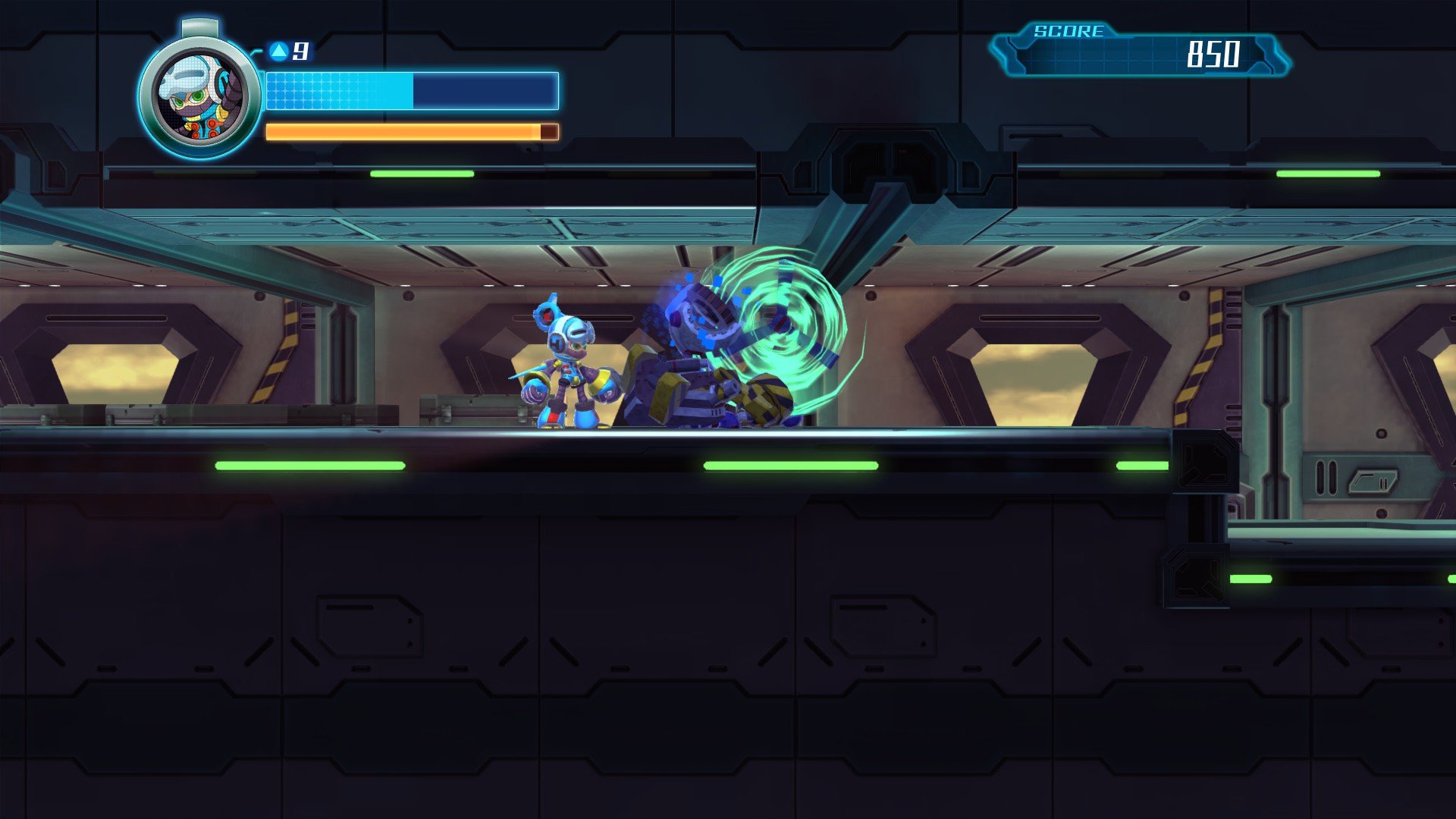
-
mighty-no-9 #4
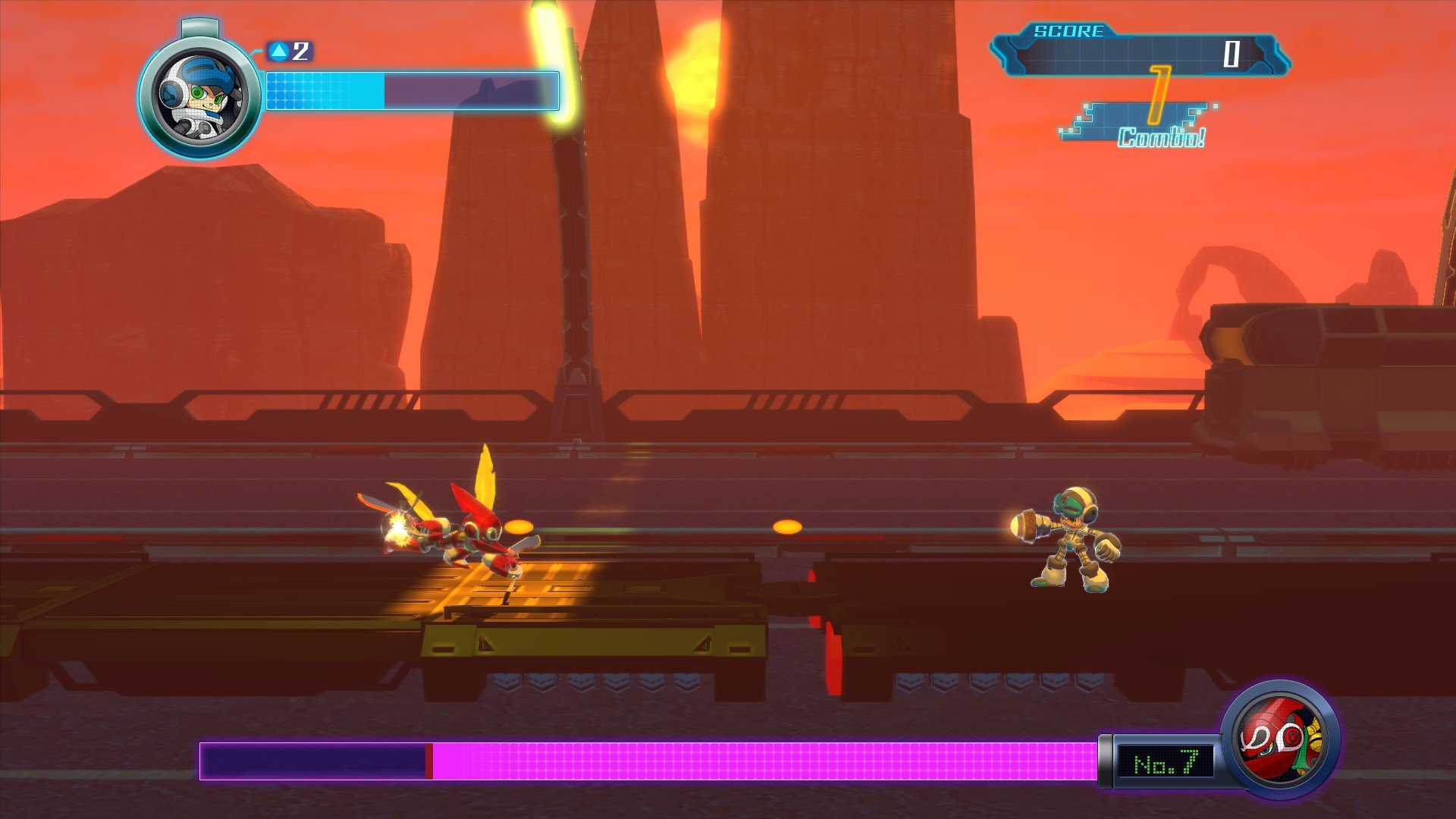
-
mighty-no-9 #5

-
mighty-no-9 #6
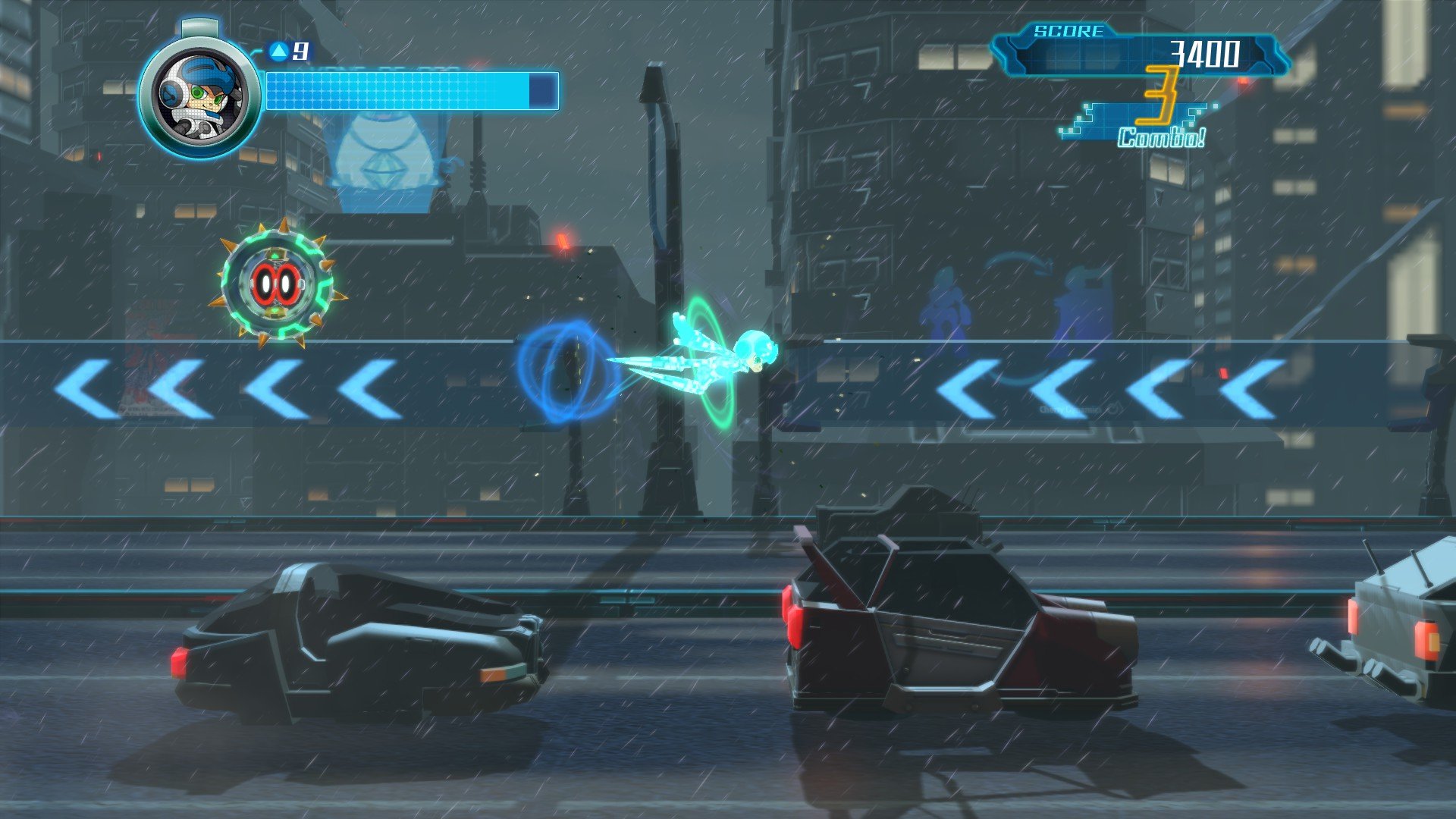
-
mighty-no-9 #7

-
mighty-no-9 #8

-
mighty-no-9 #9
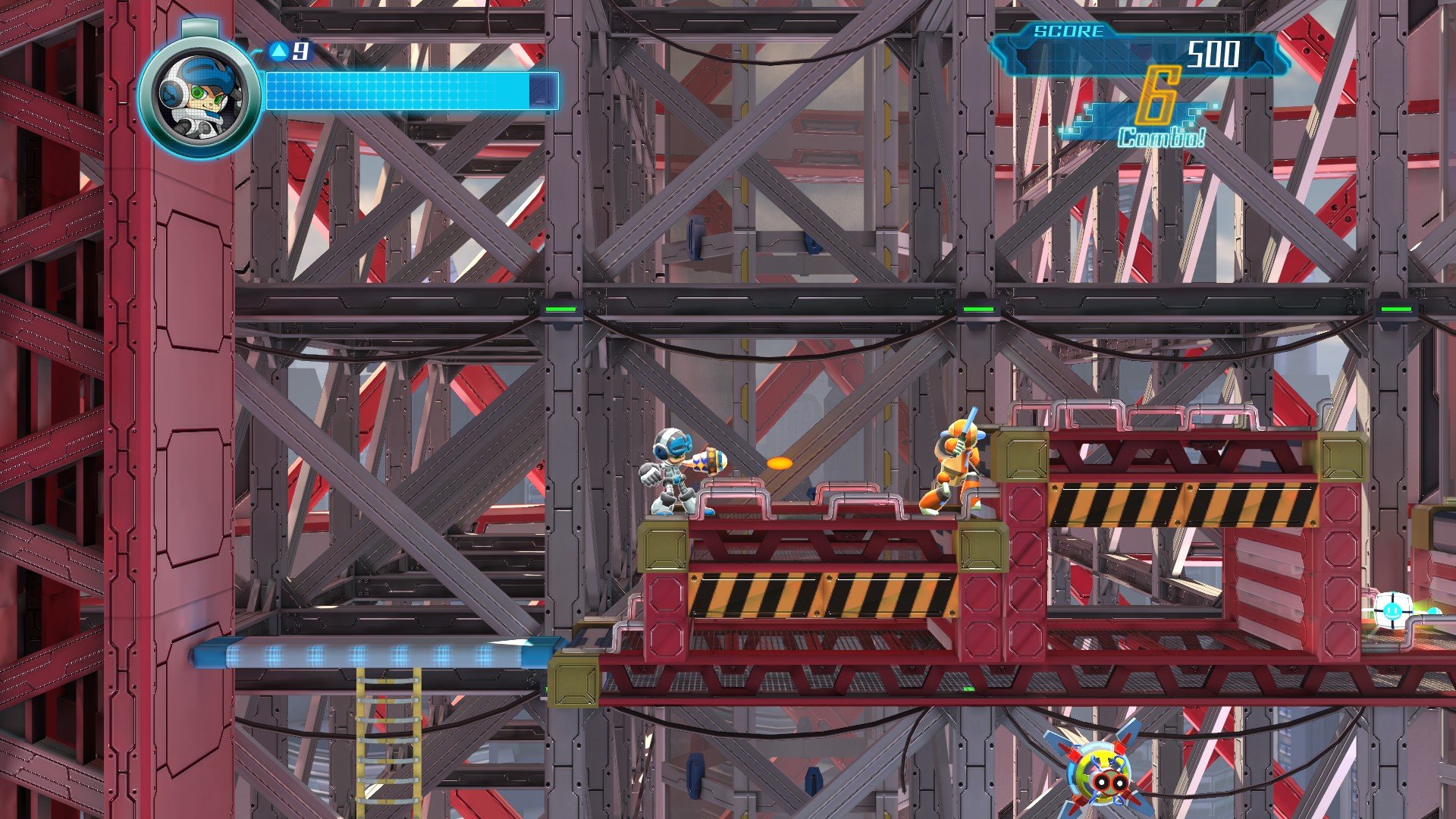
-
mighty-no-9 #10
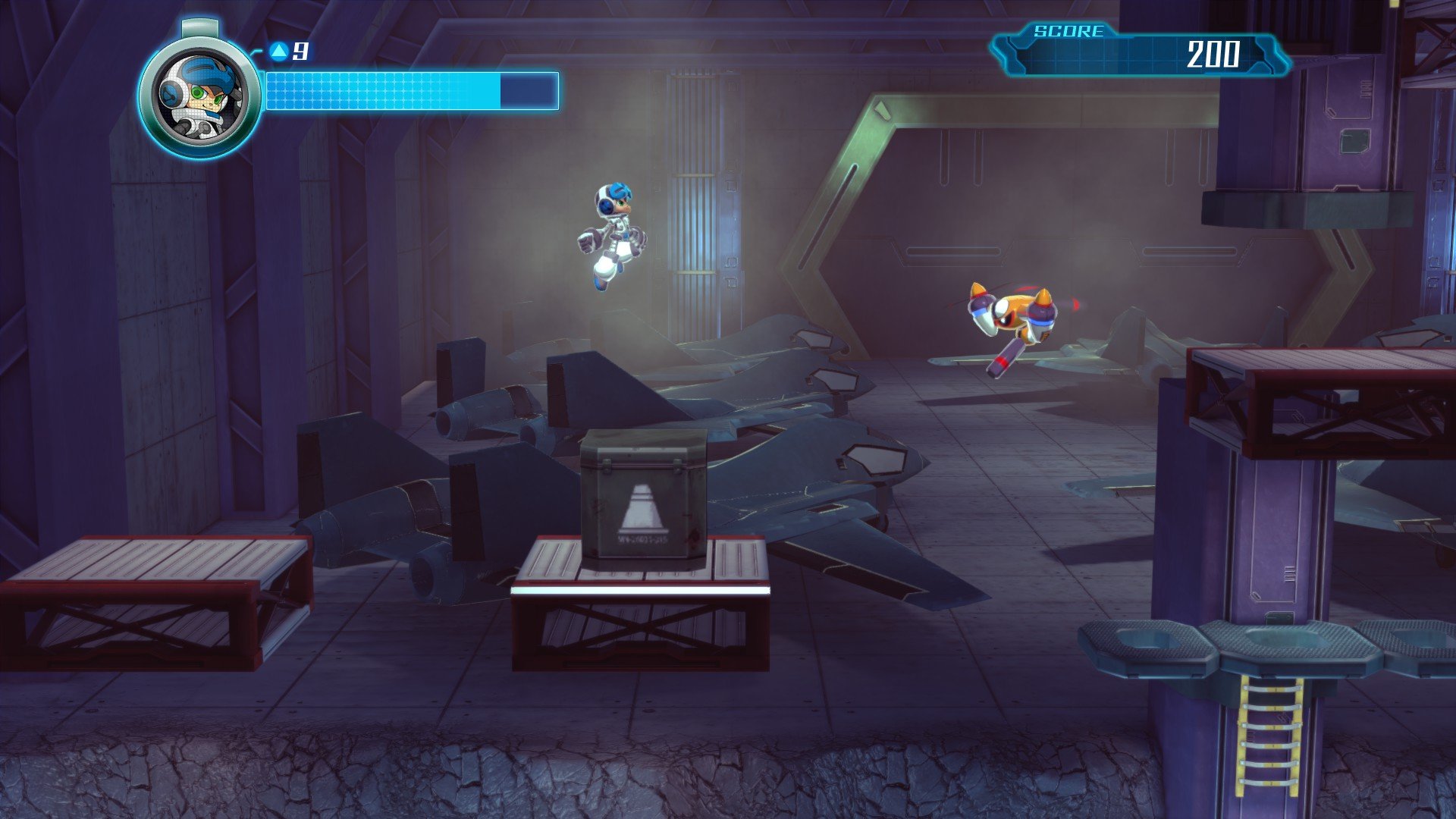
-
mighty-no-9 #11
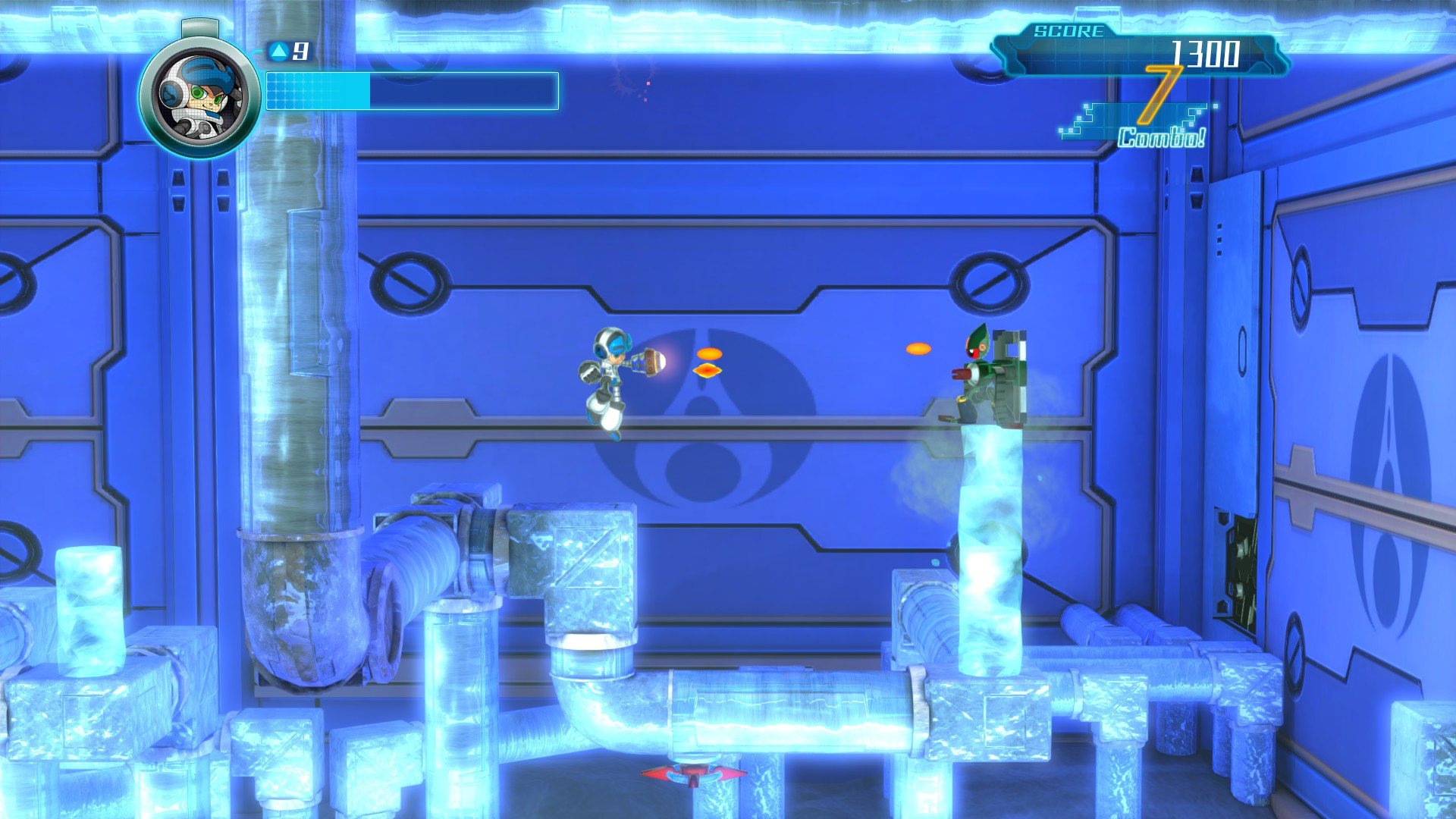
-
mighty-no-9 #12
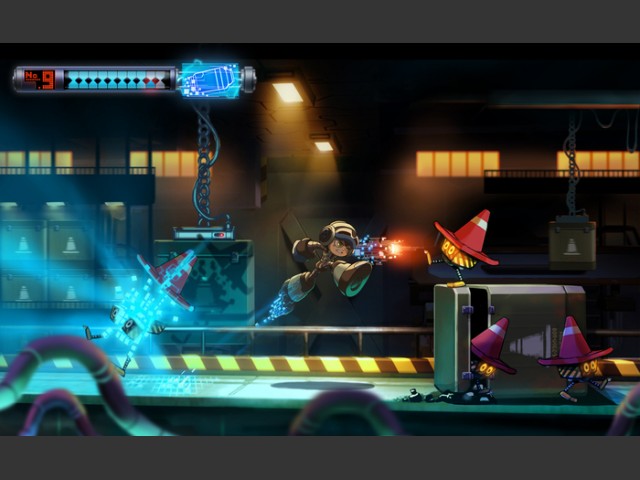
-
mighty-no-9 #13
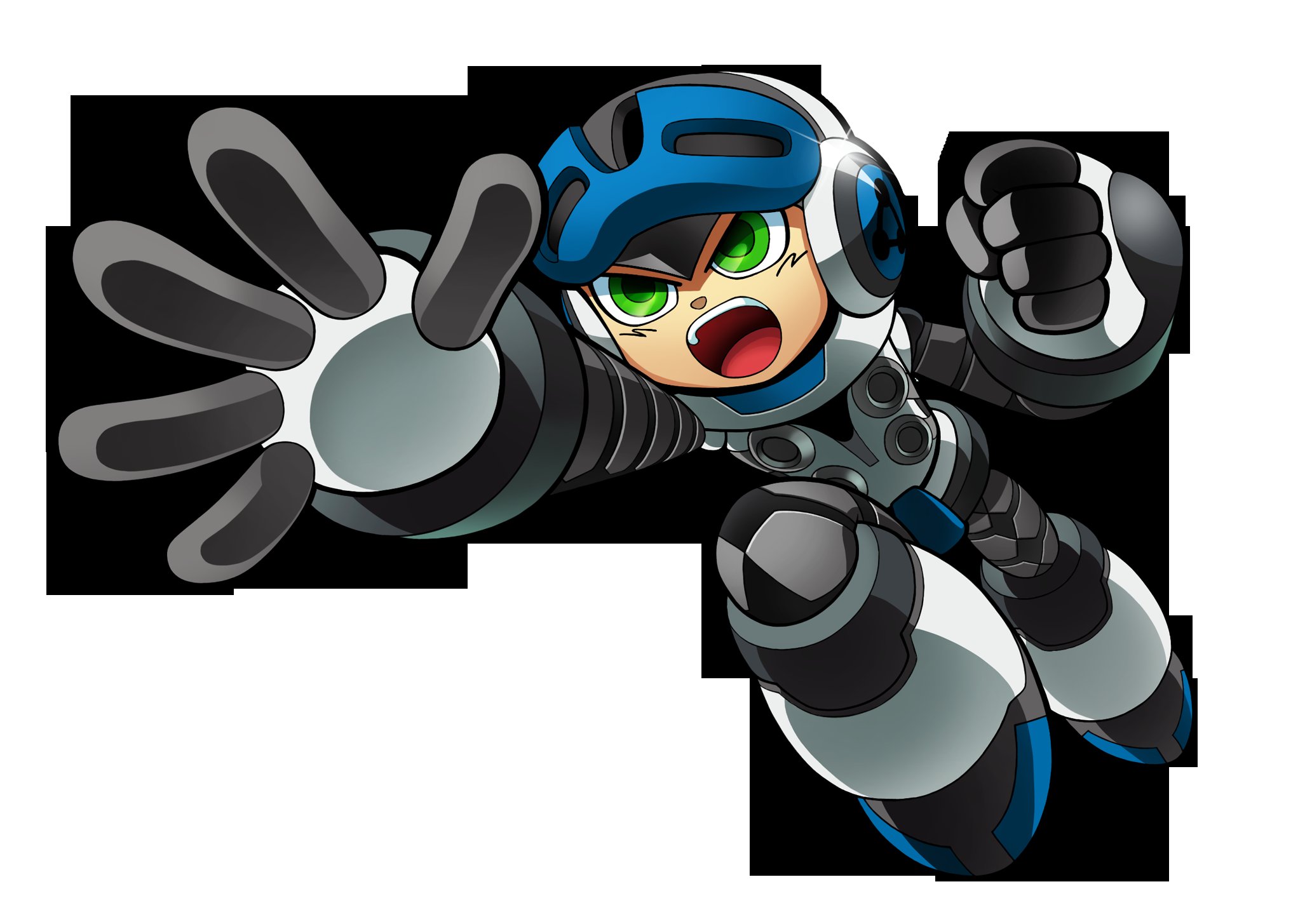
-
mighty-no-9 #14
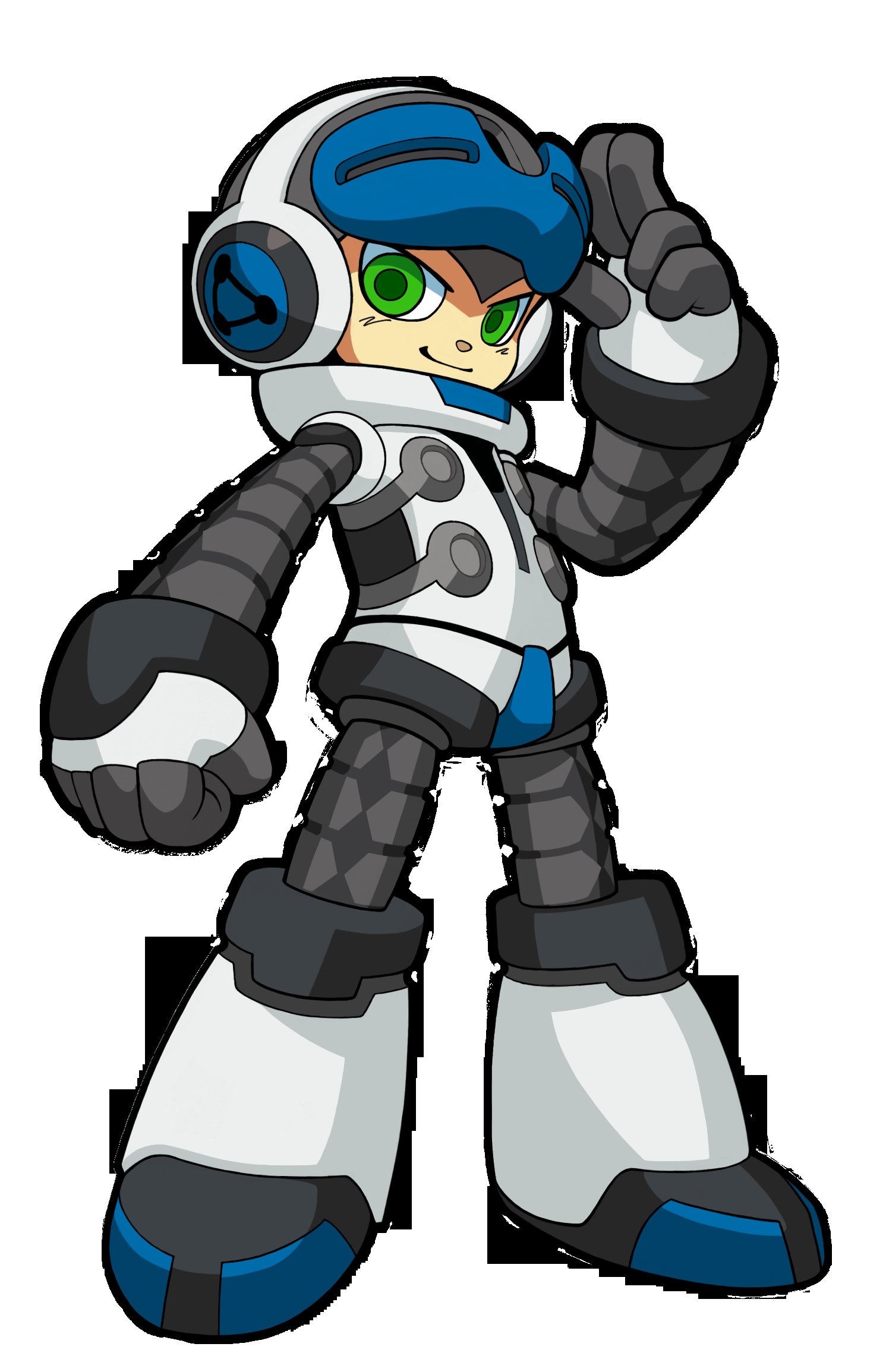
-
mighty-no-9 #15

-
mighty-no-9 #16
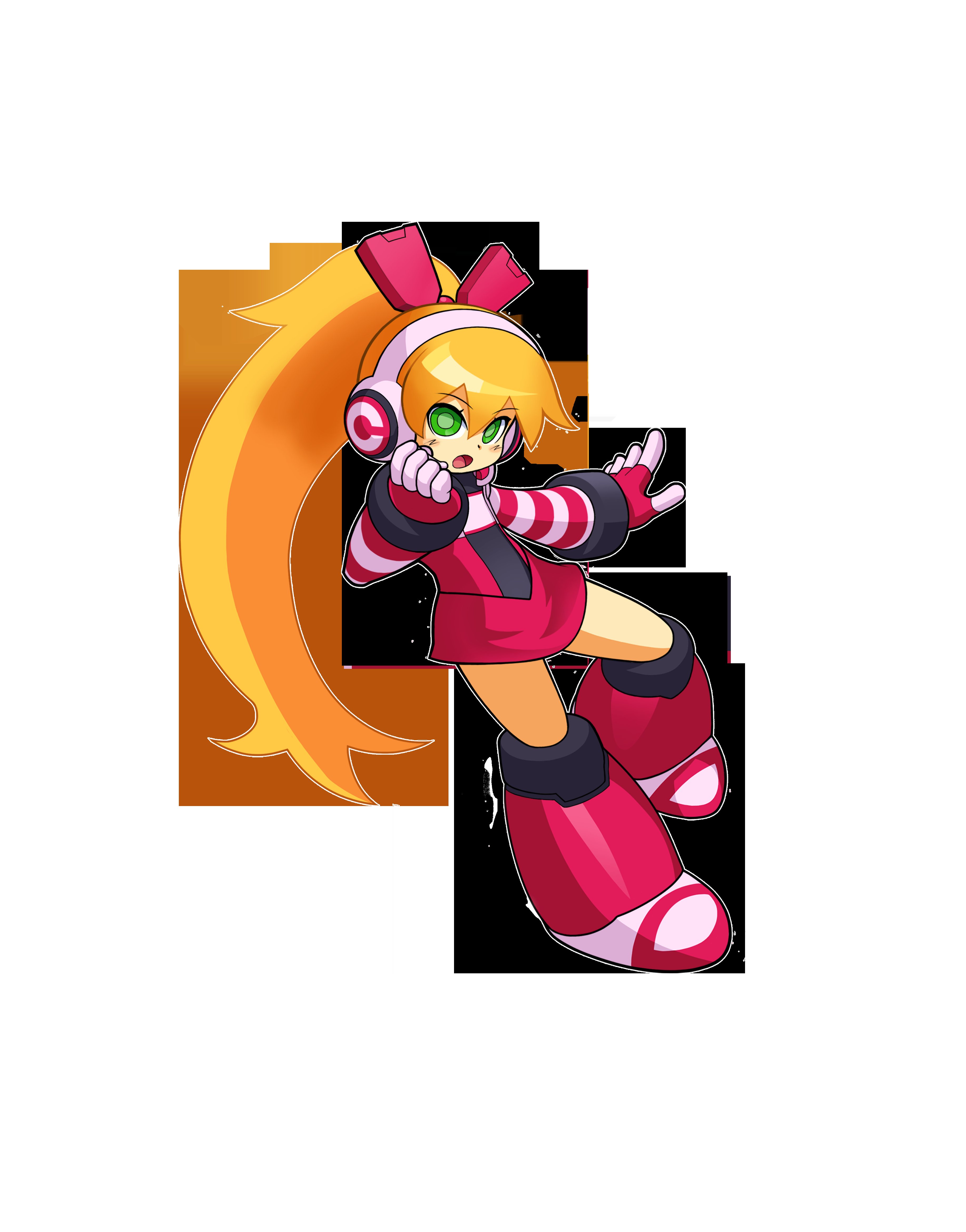
-
mighty-no-9 #17

-
mighty-no-9 #18
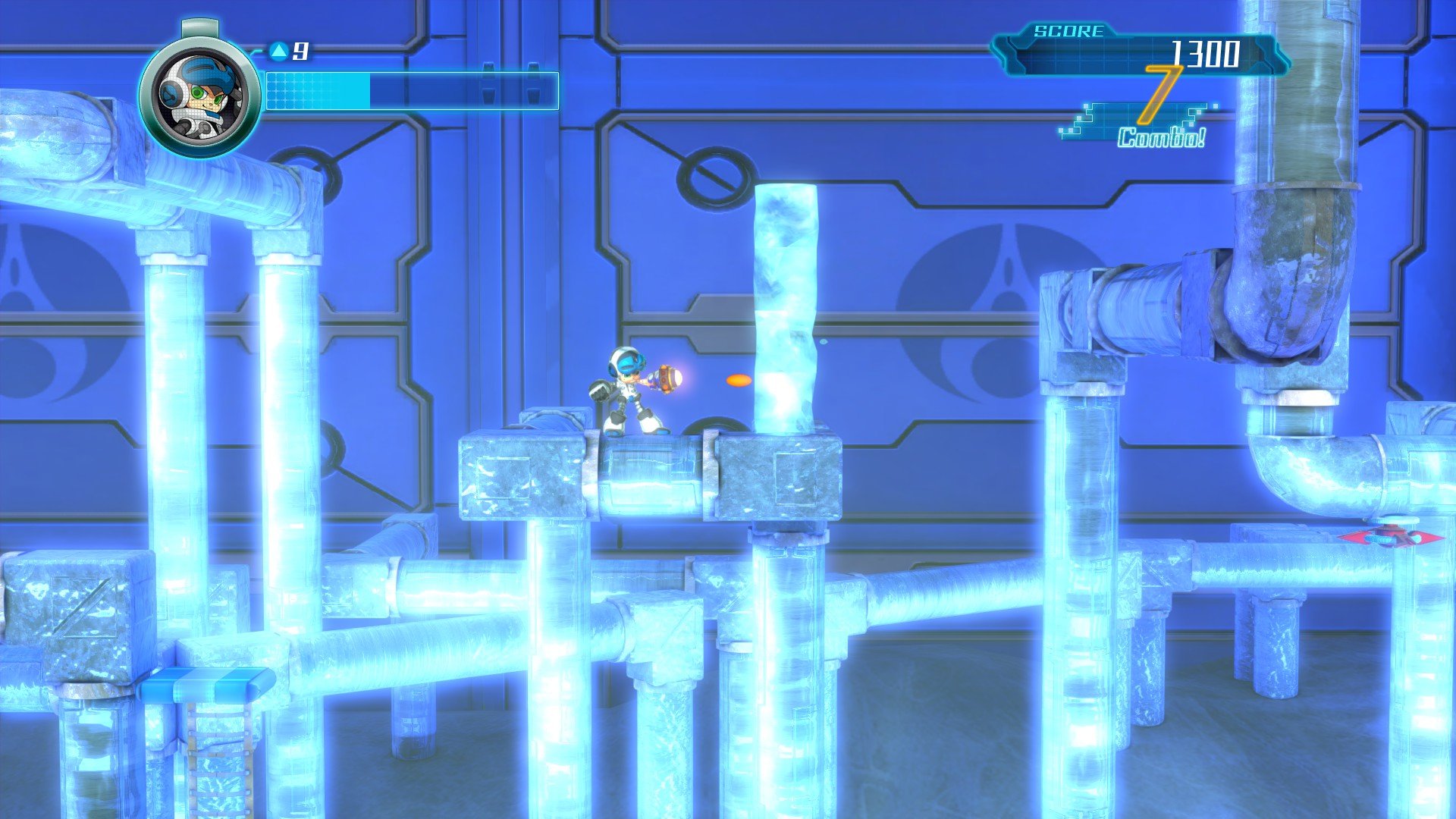
-
mighty-no-9 #19
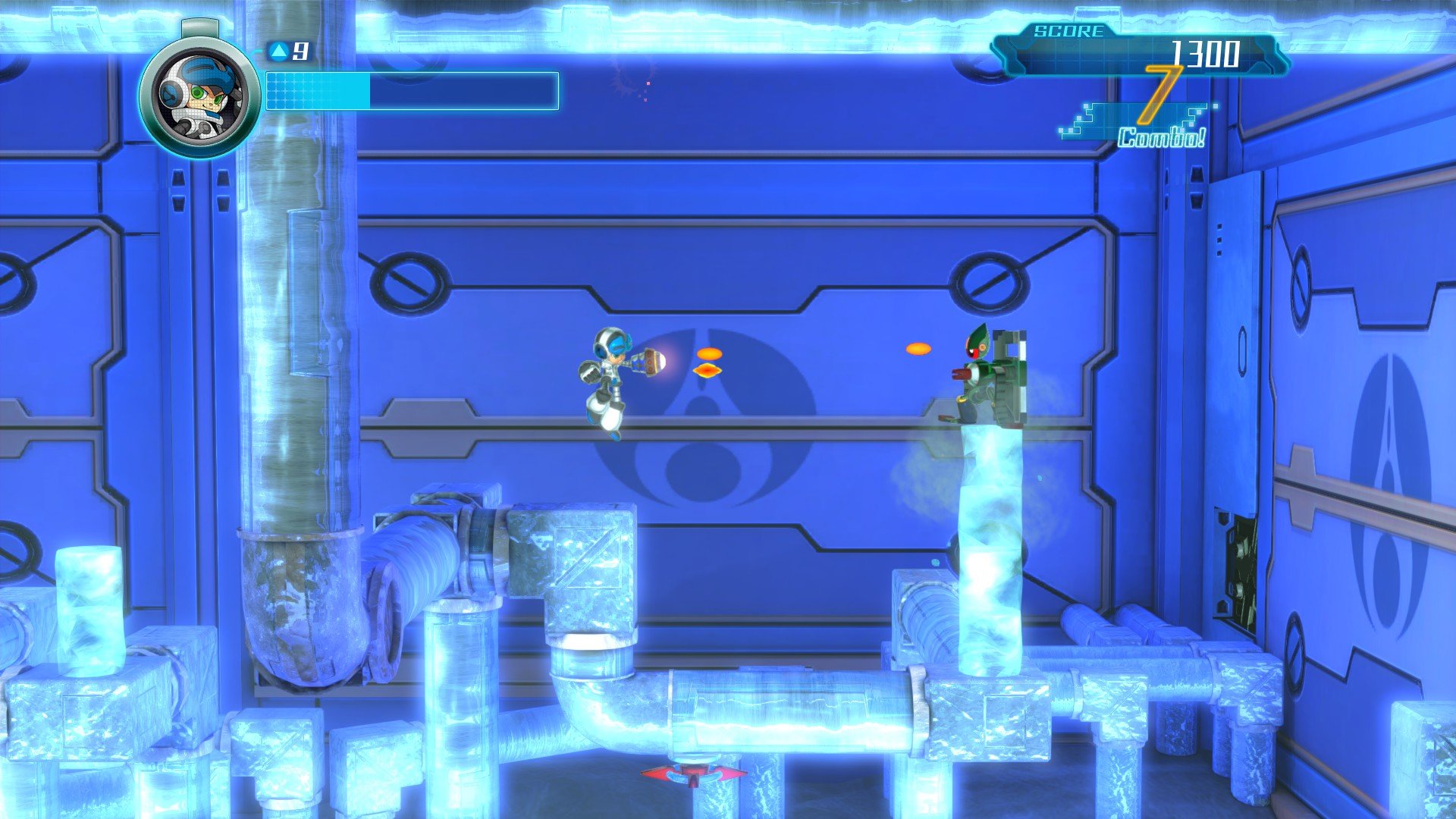
-
mighty-no-9 #20

-
mighty-no-9 #21
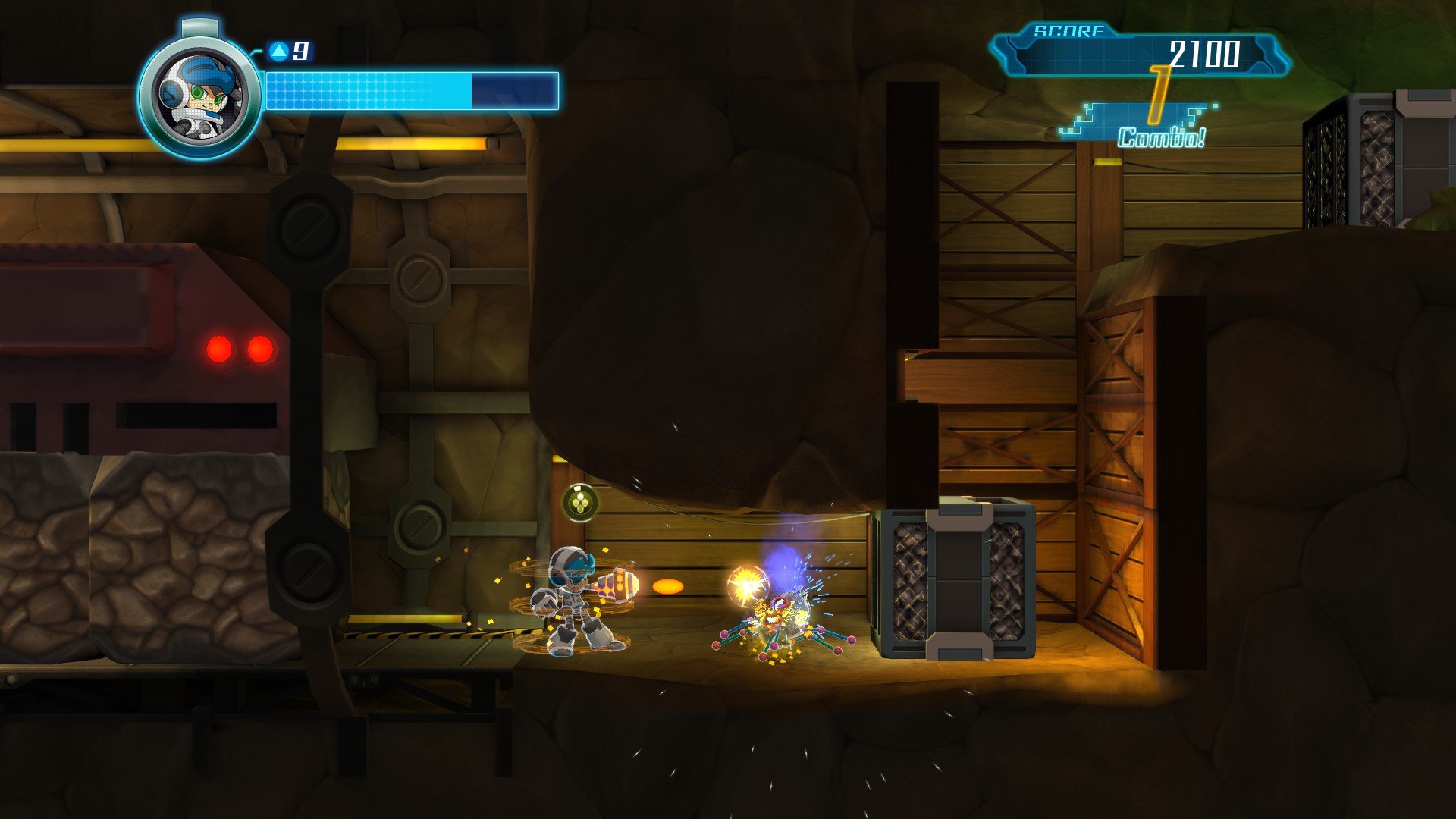
-
mighty-no-9 #22
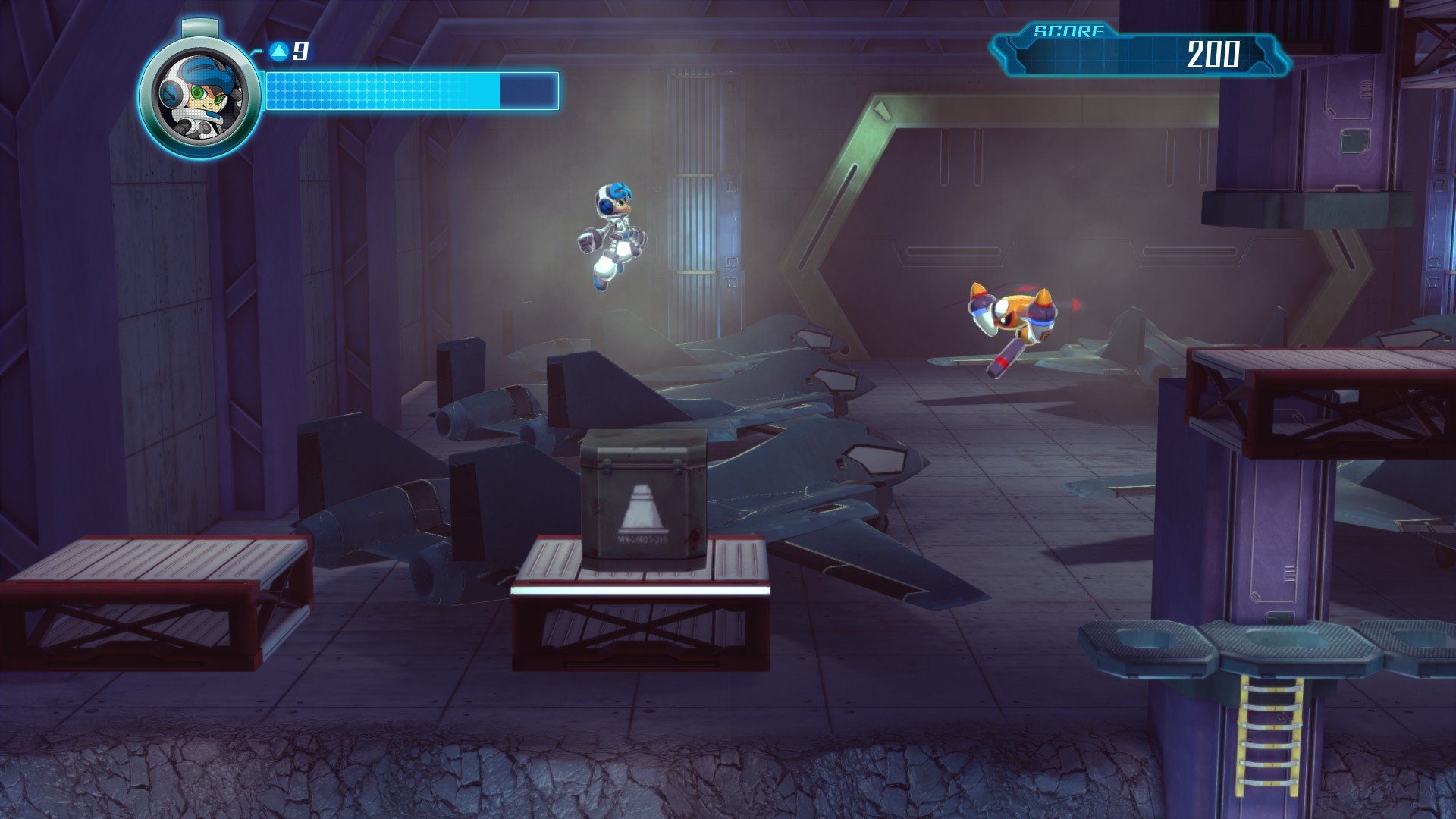
-
mighty-no-9 #23
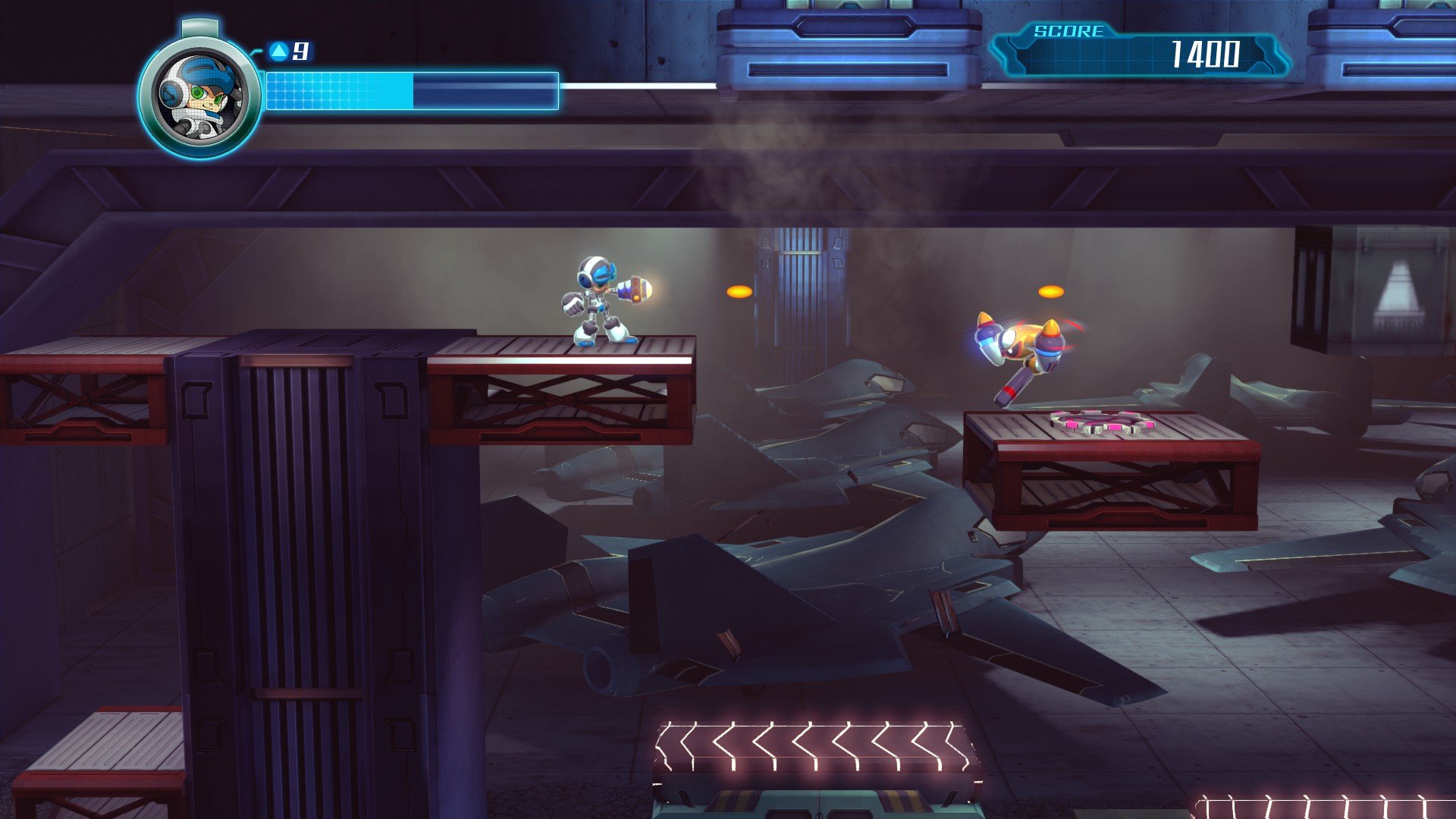
-
mighty-no-9 #24

-
mighty-no-9 #25
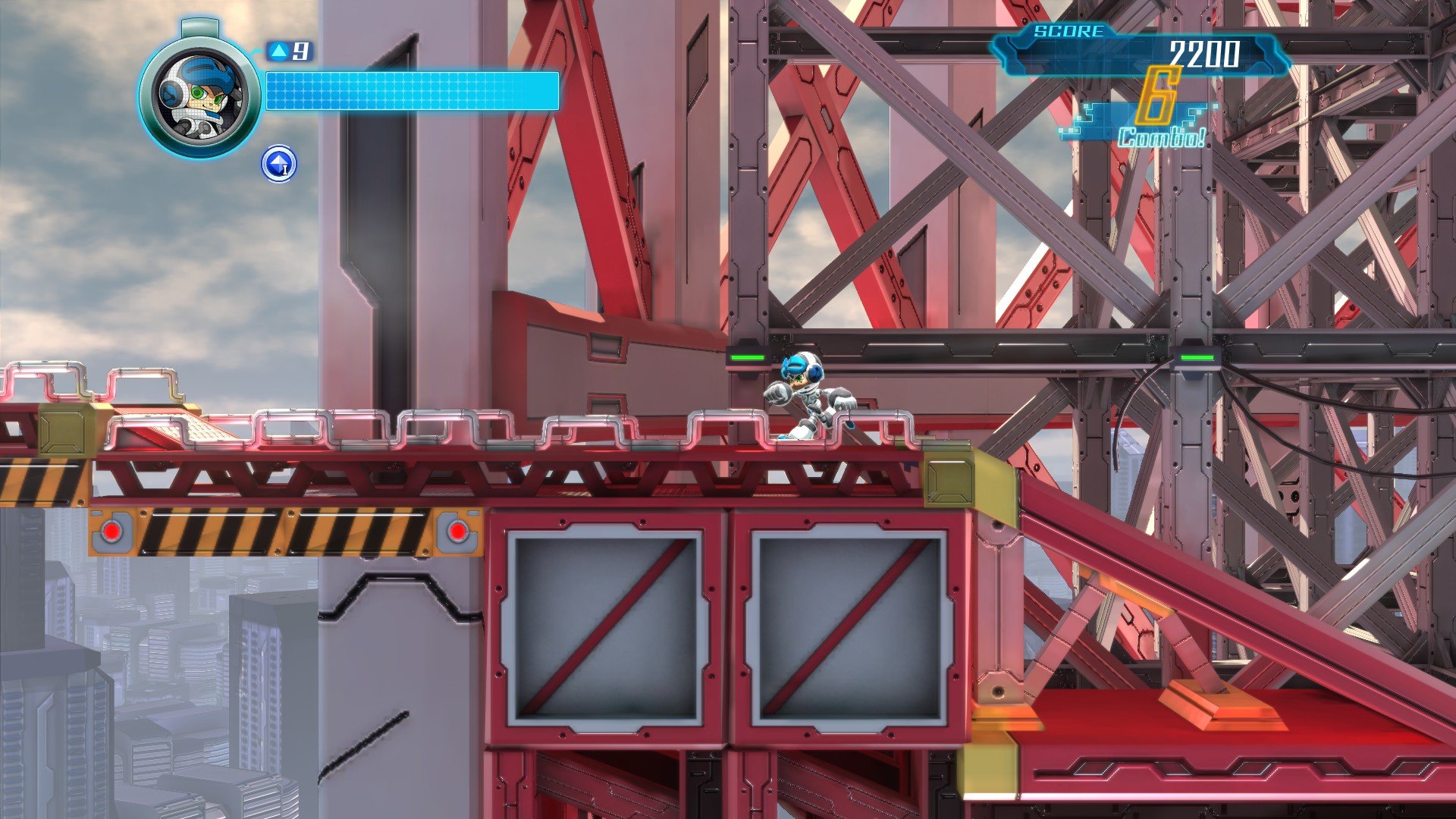
-
mighty-no-9 #26

-
mighty-no-9 #27
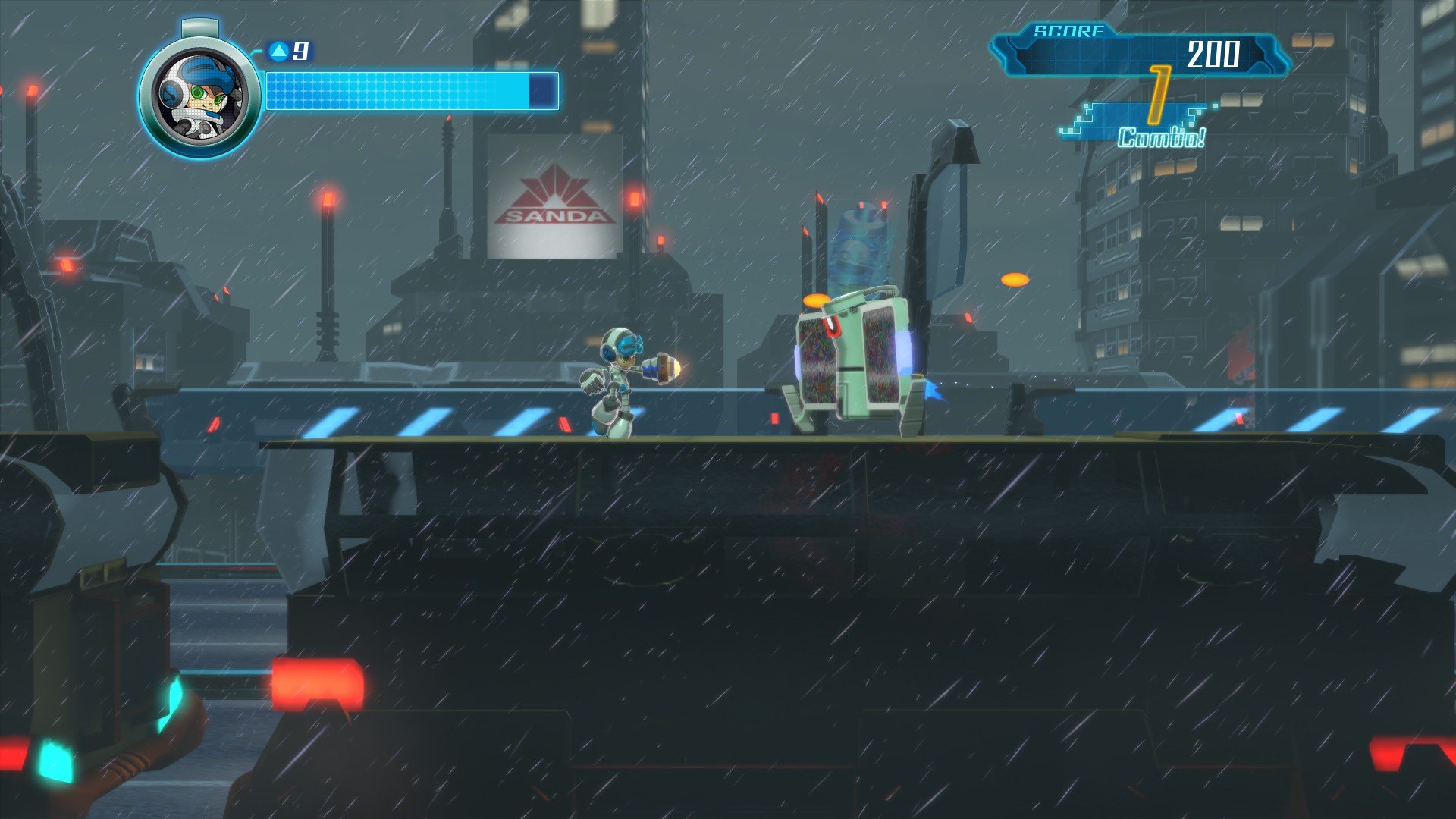
-
mighty-no-9 #28
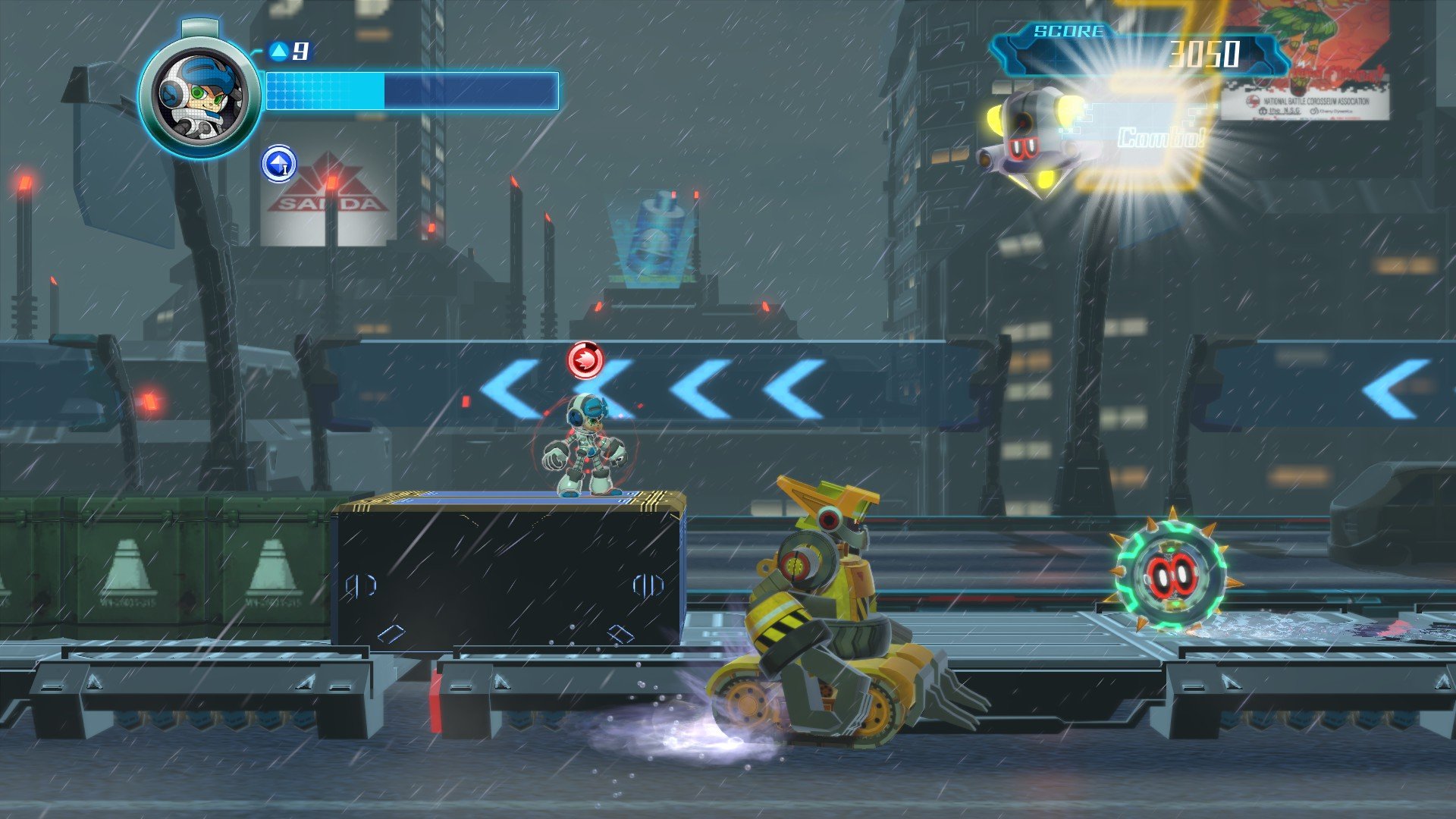
-
mighty-no-9 #29
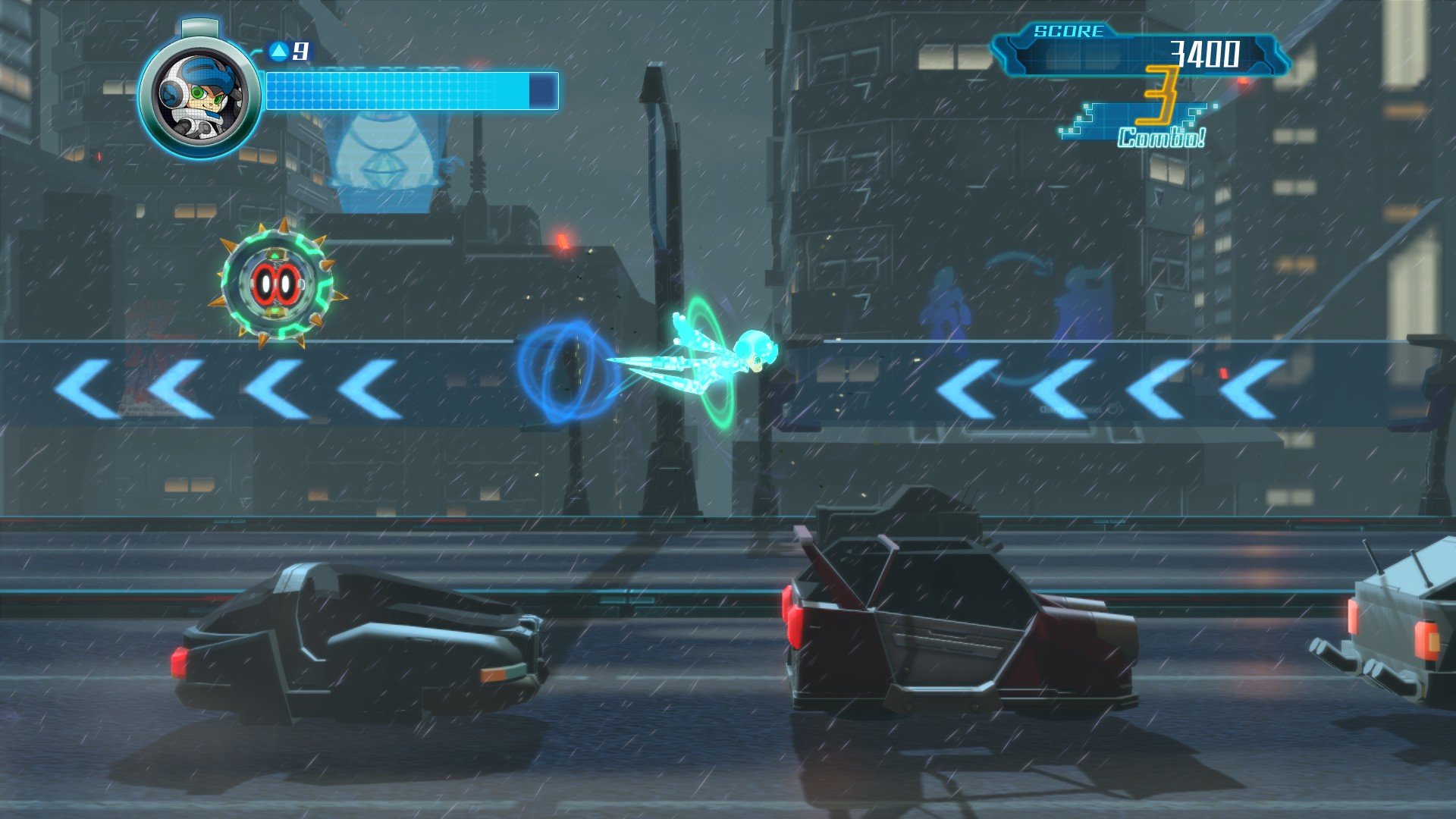
-
mighty-no-9 #30

-
mighty-no-9 #31
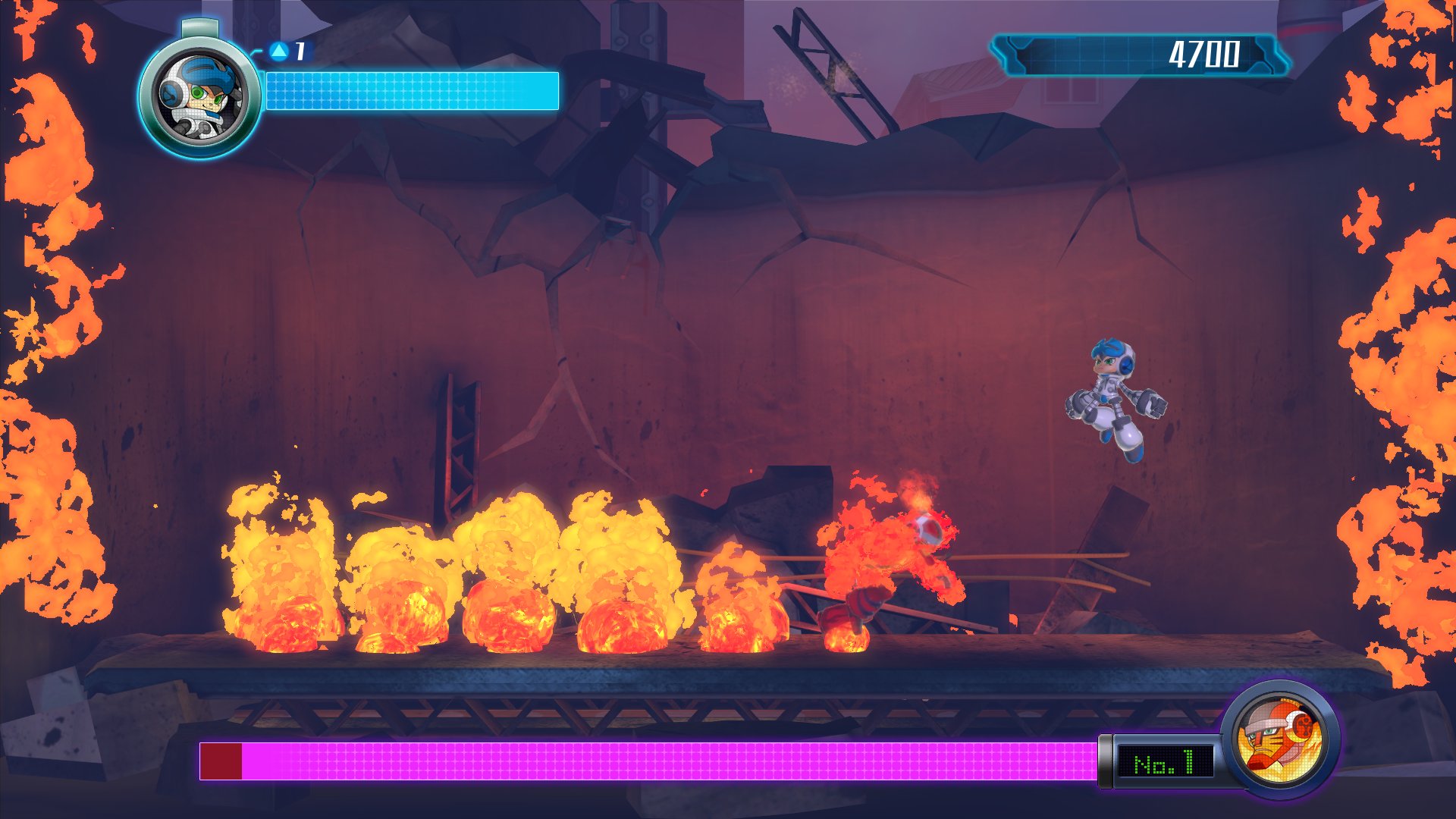
-
mighty-no-9 #32
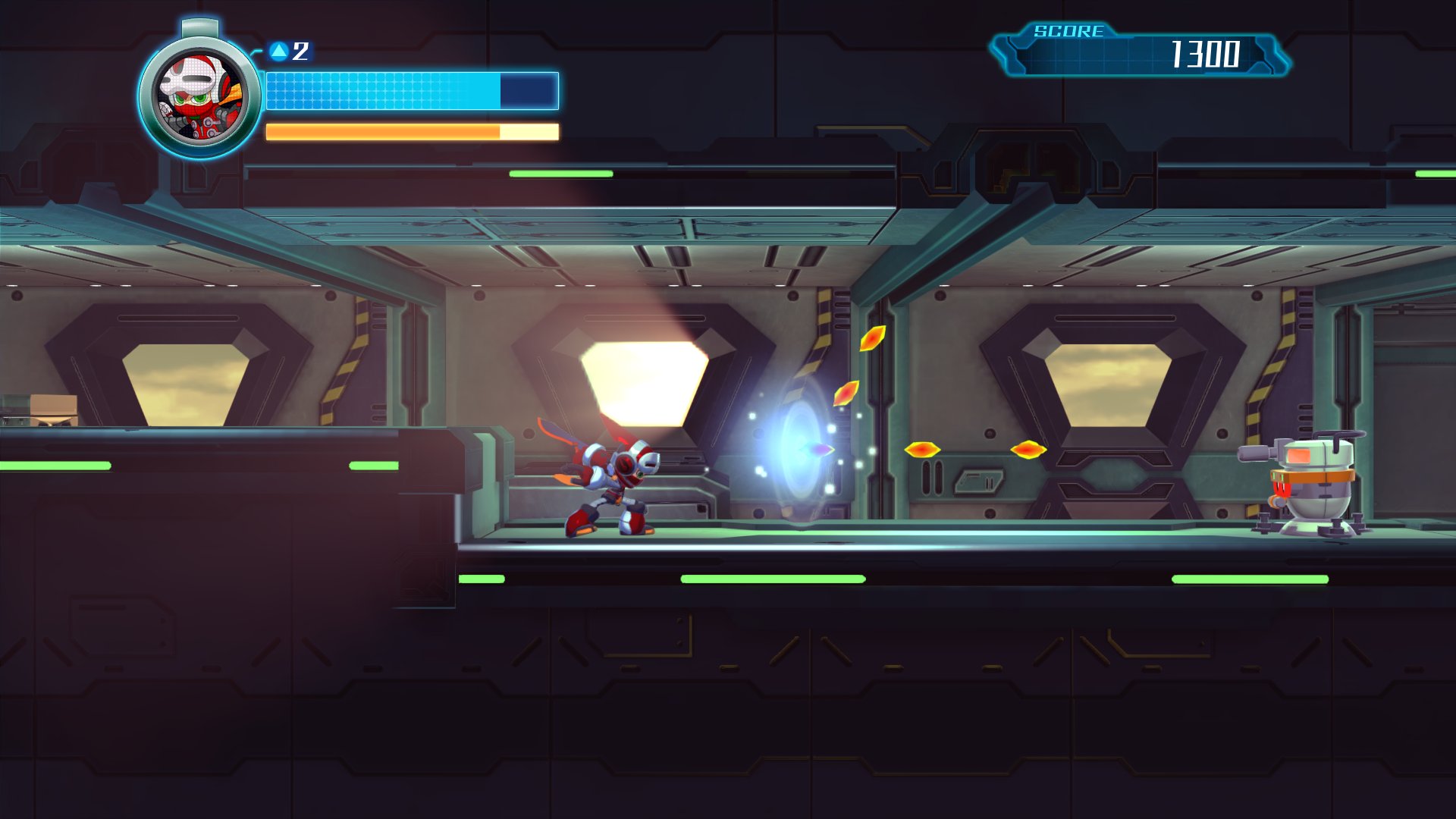
-
mighty-no-9 #33
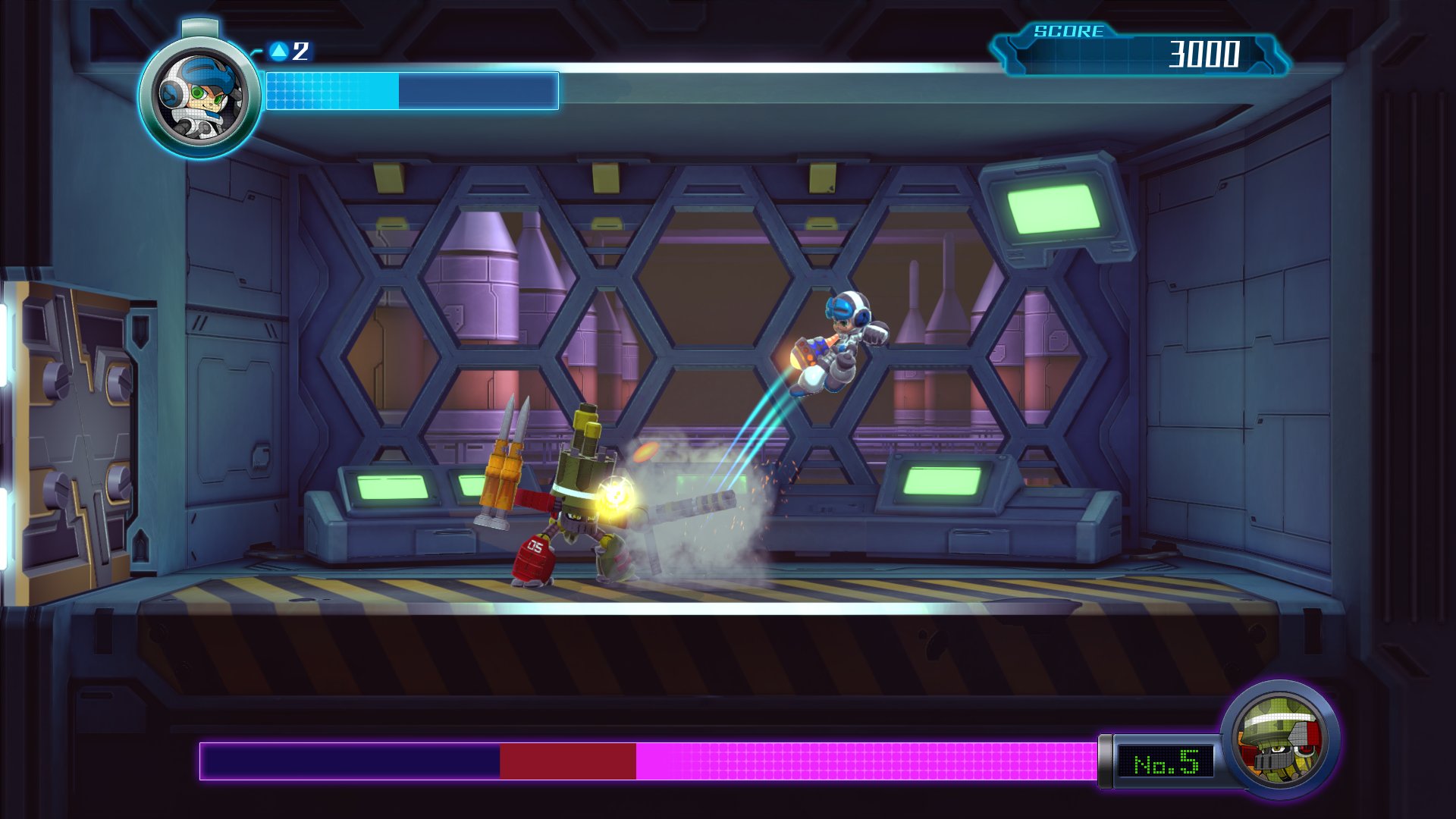
-
mighty-no-9 #34

-
mighty-no-9 #35
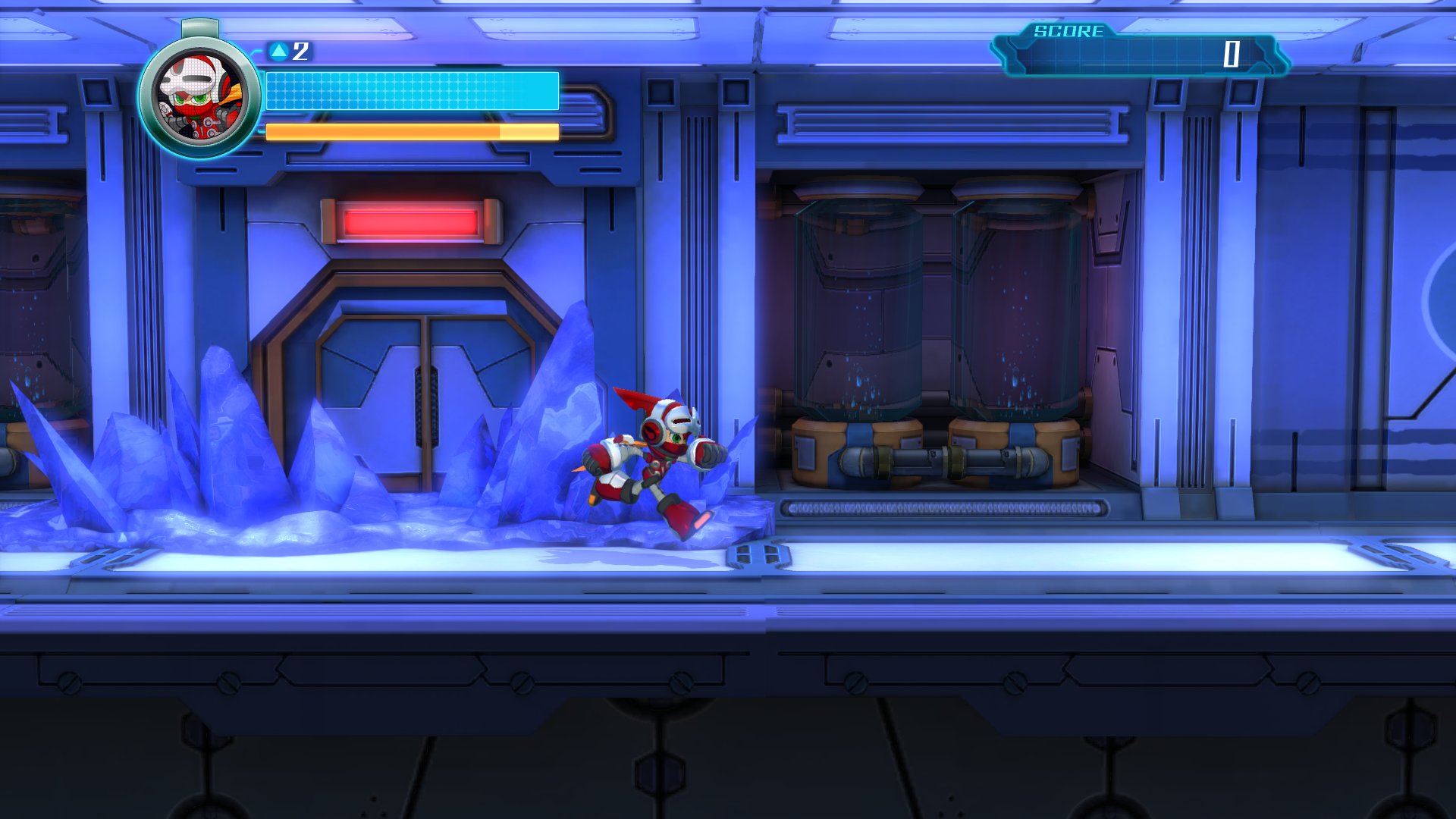
-
mighty-no-9 #36
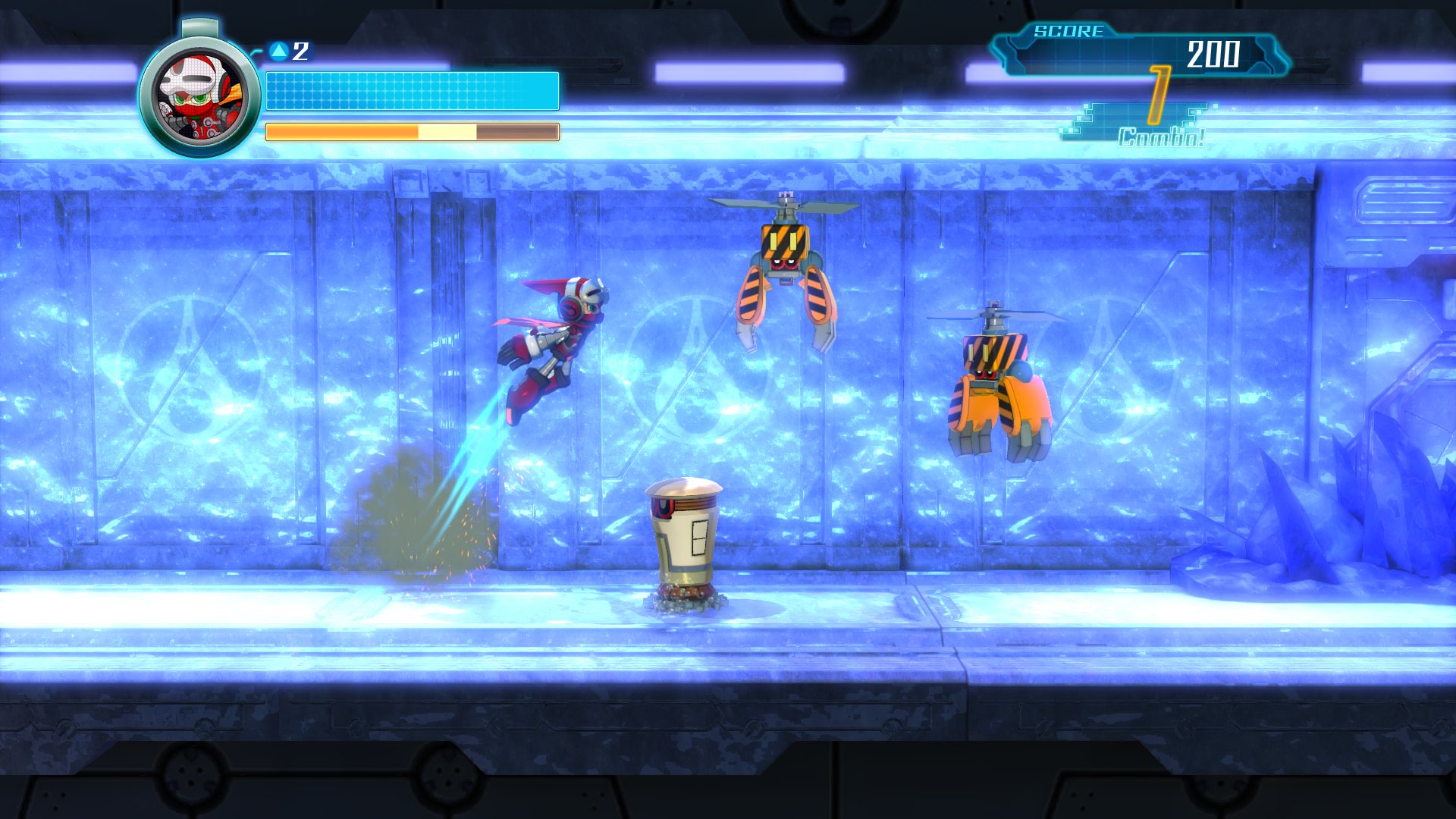
-
mighty-no-9 #37
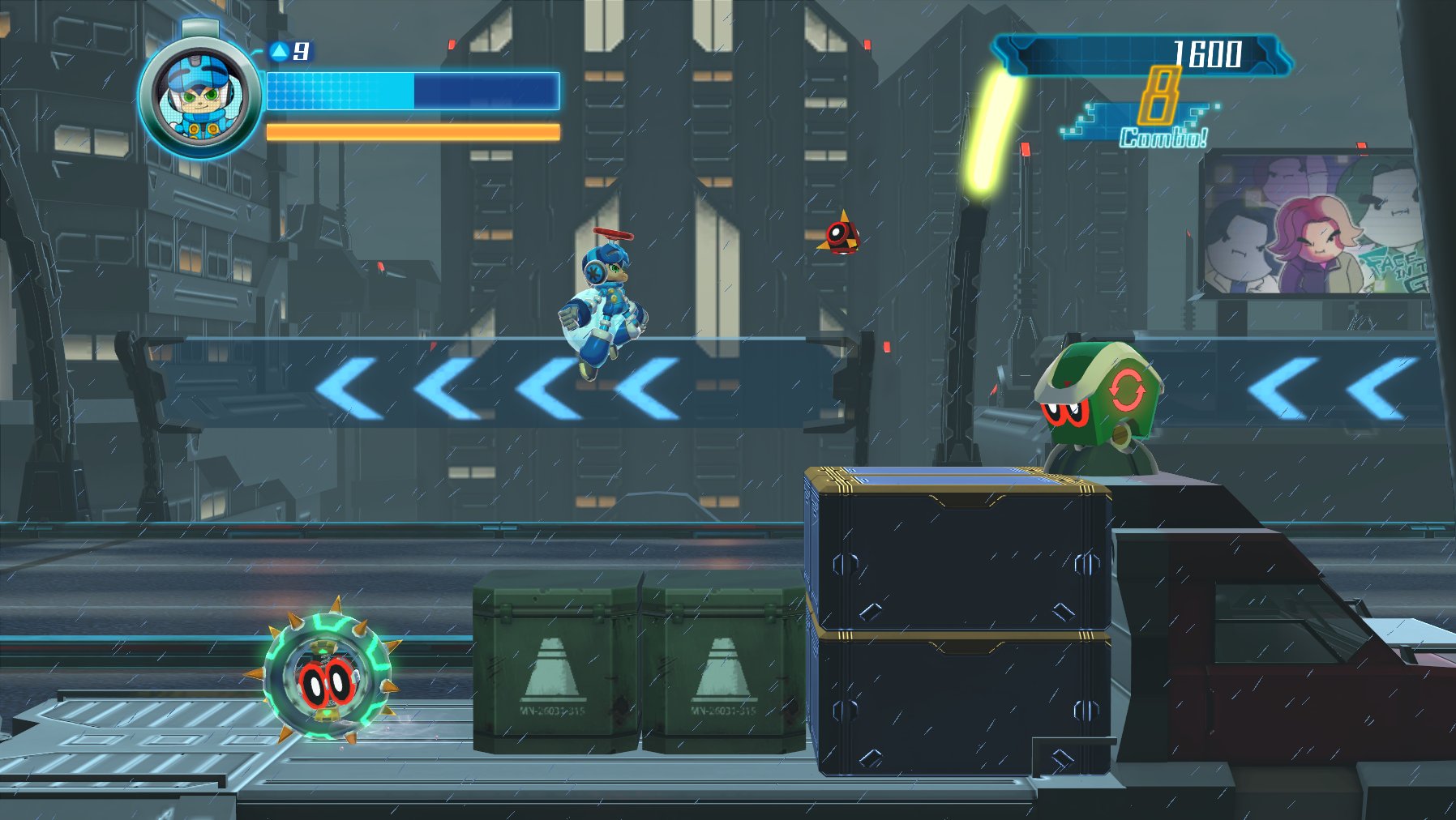
-
mighty-no-9 #38
